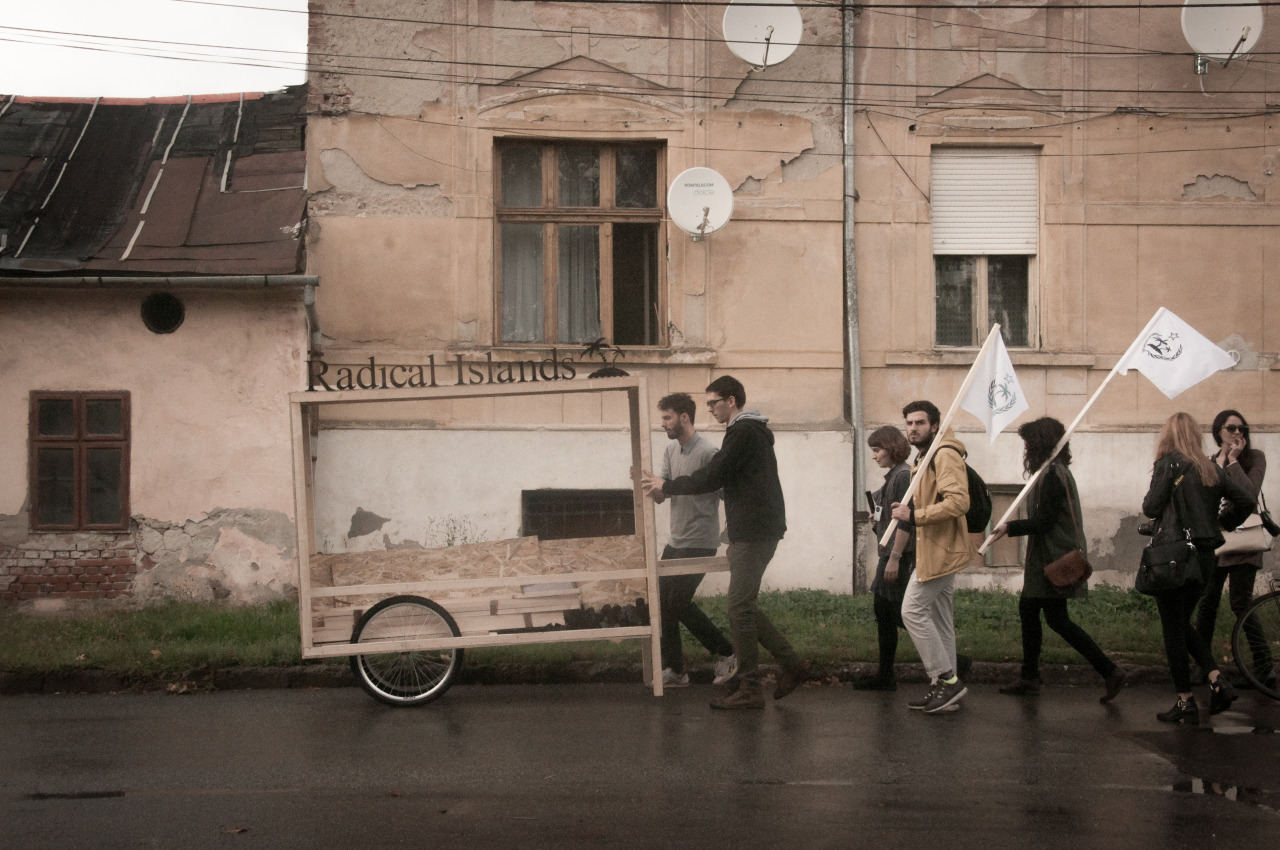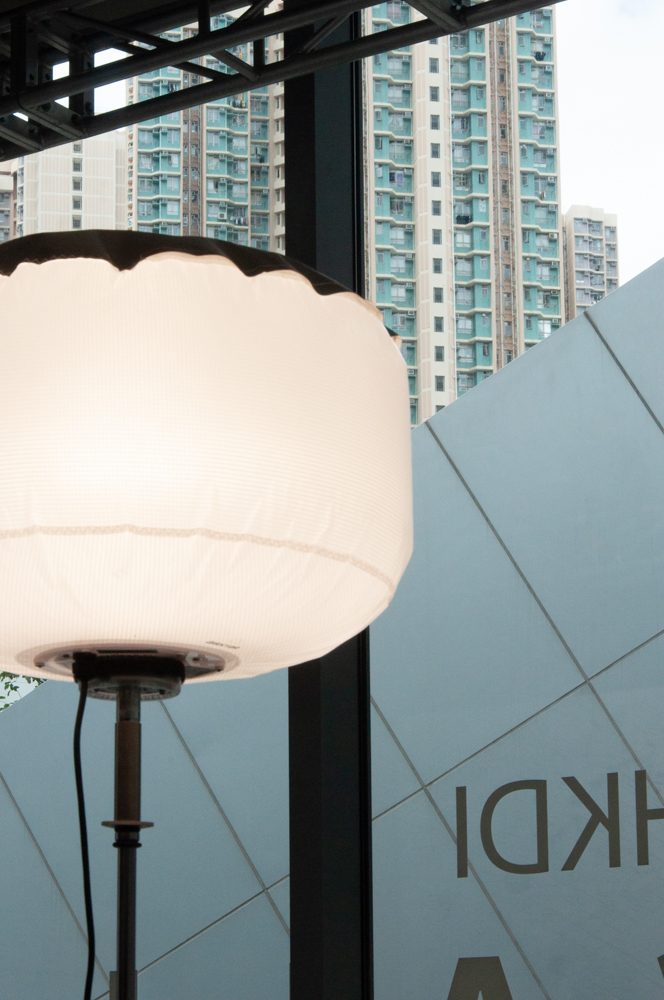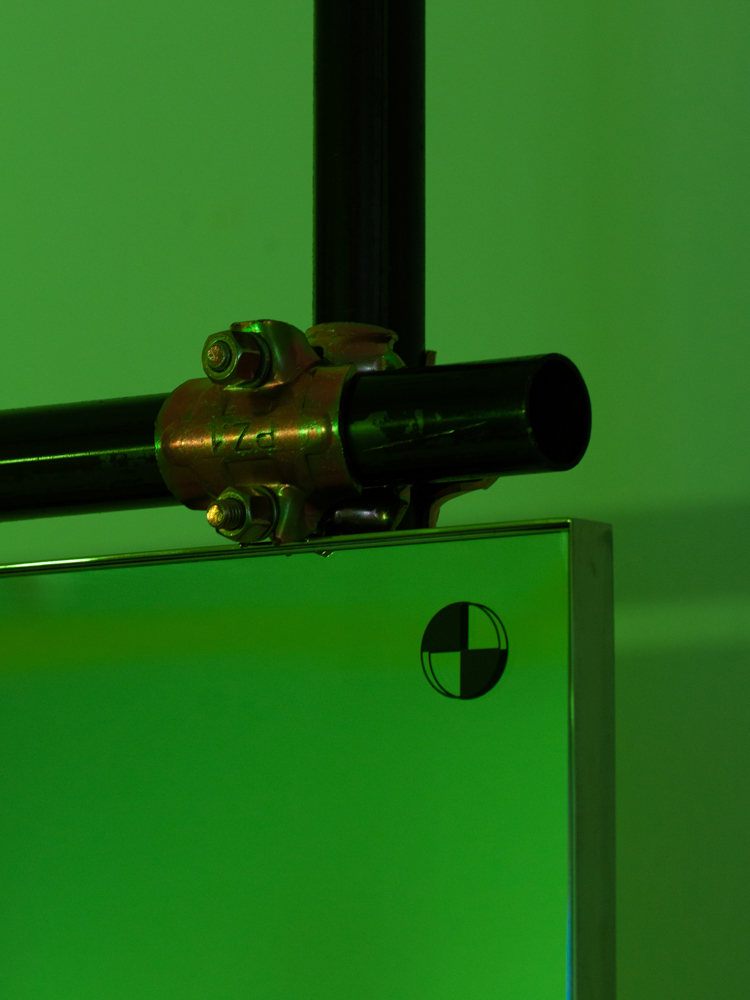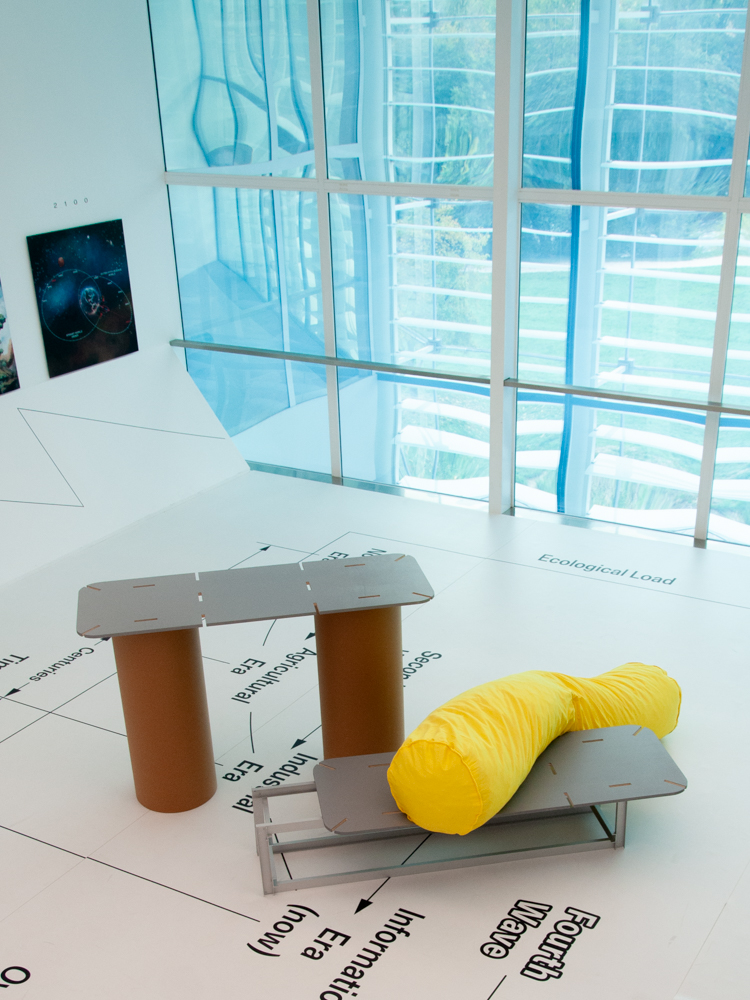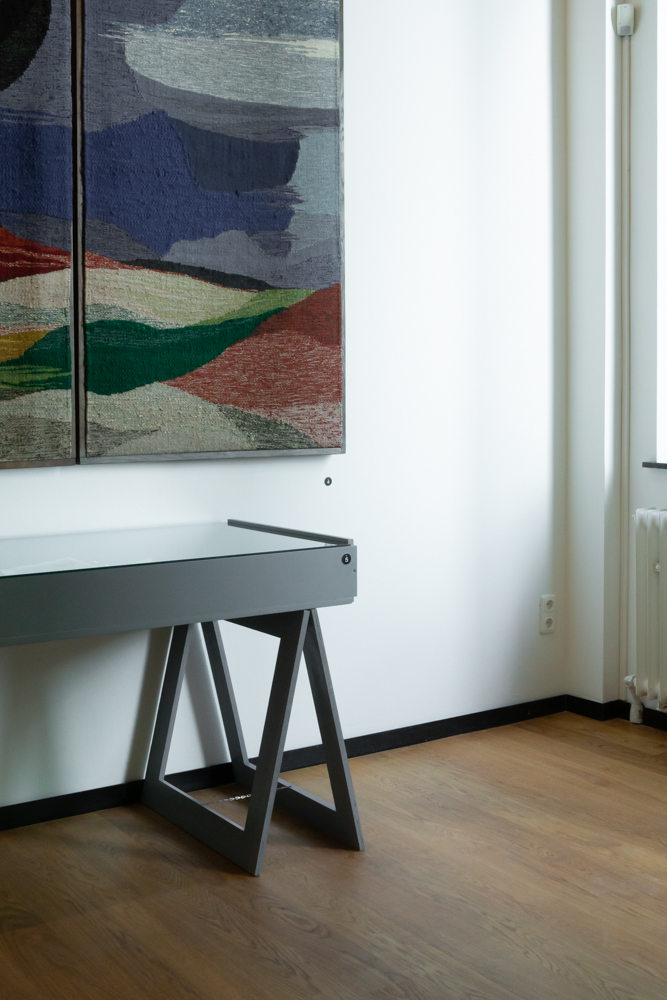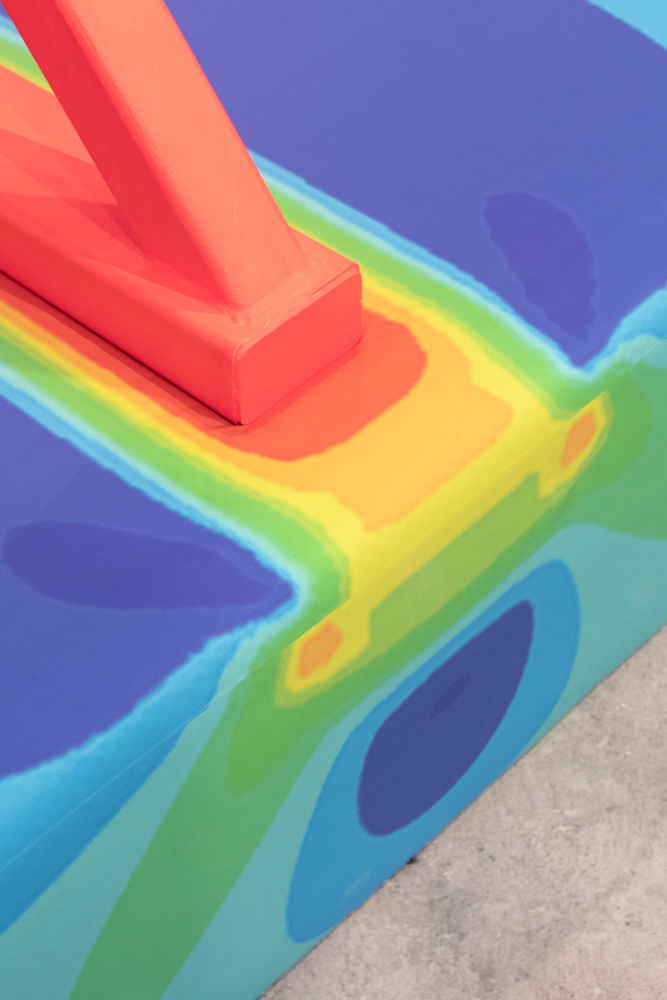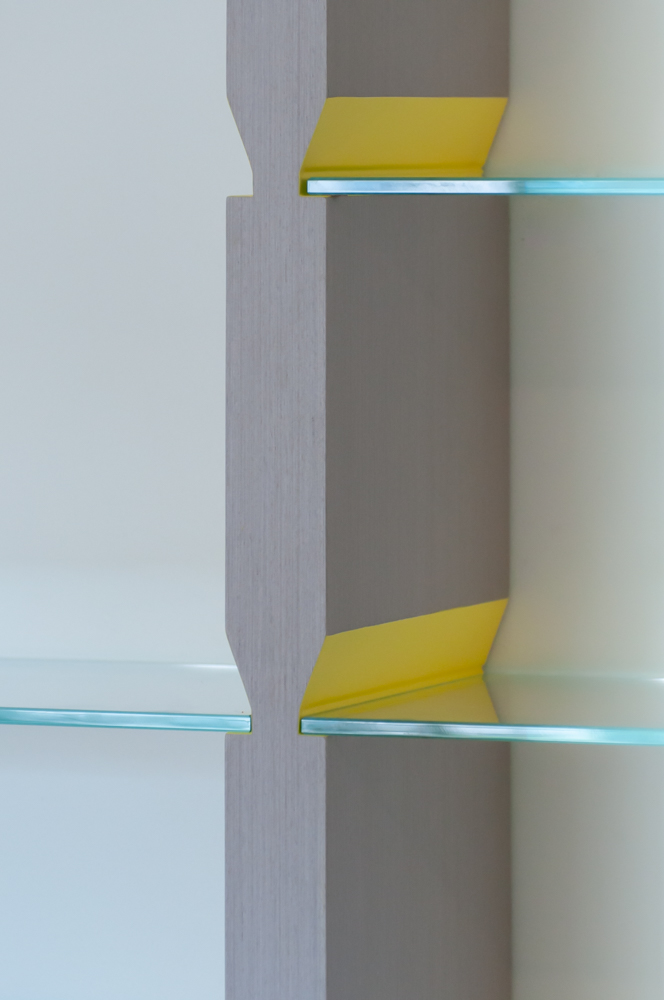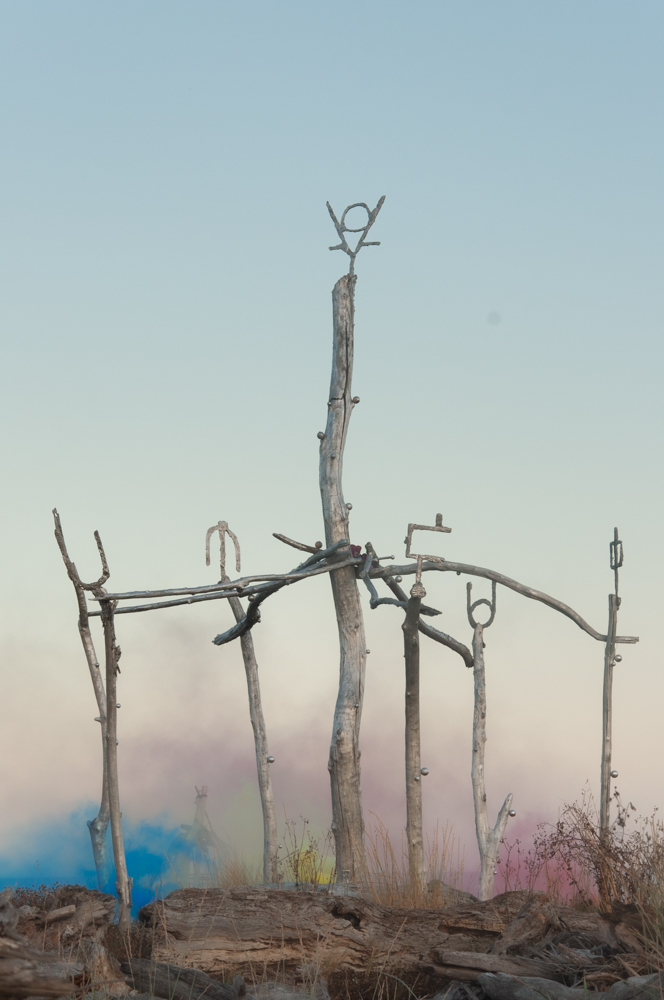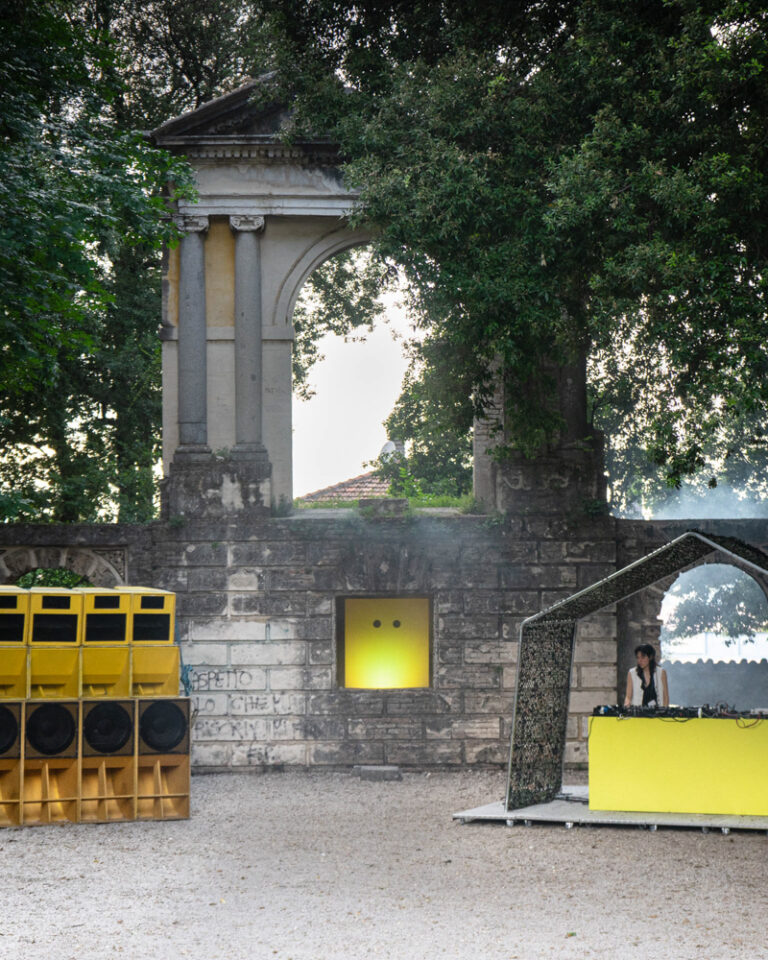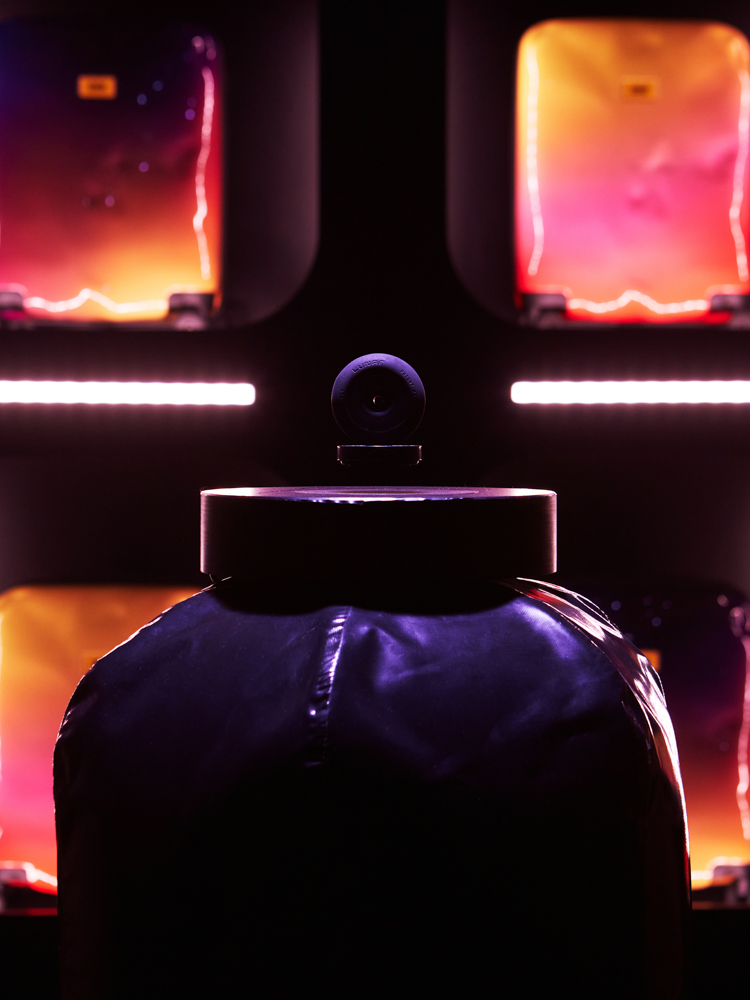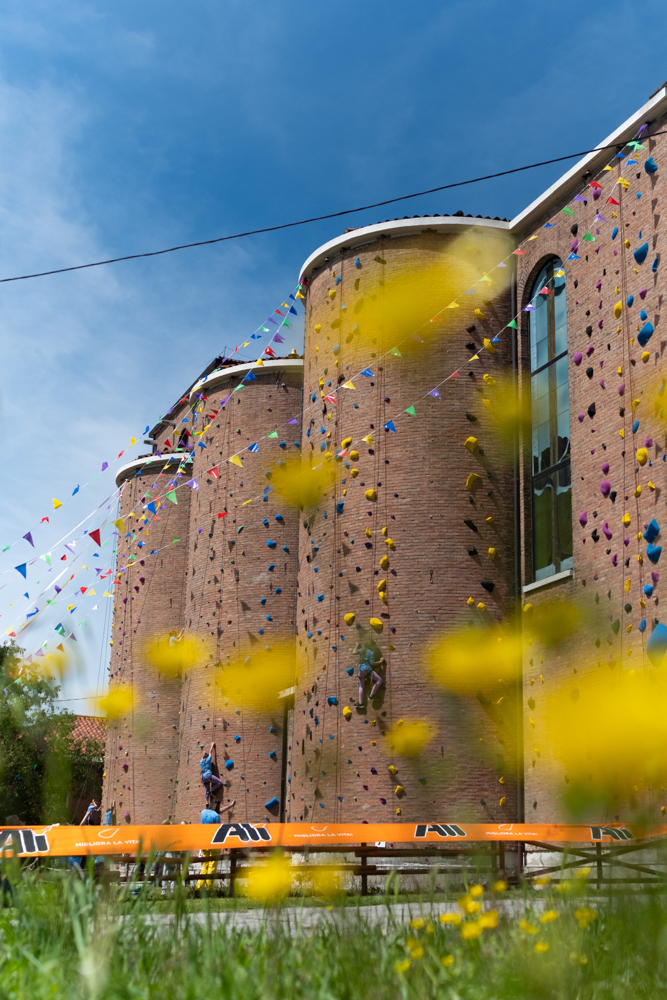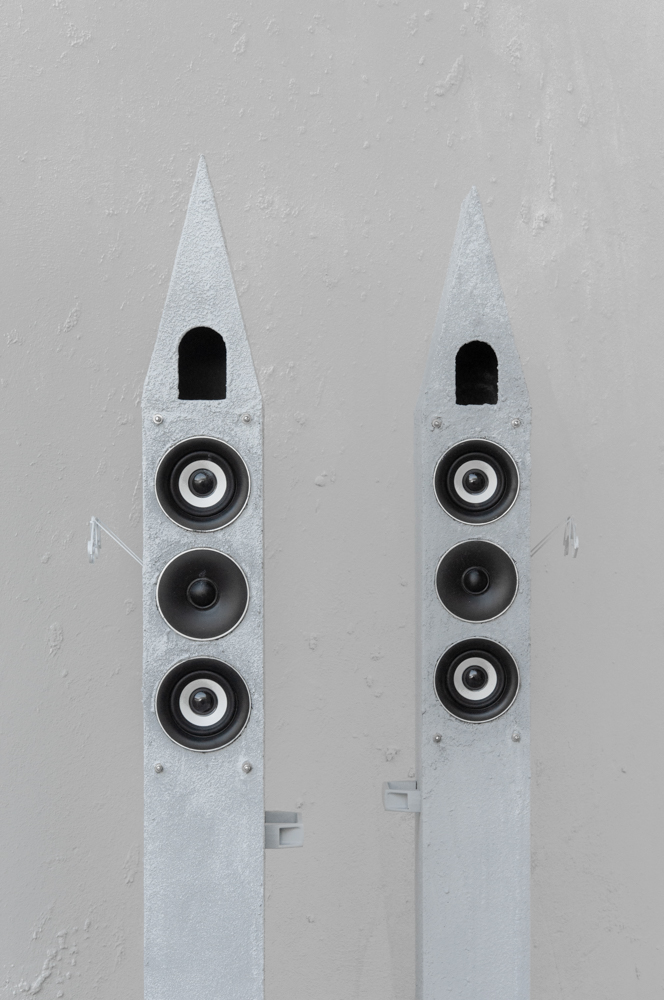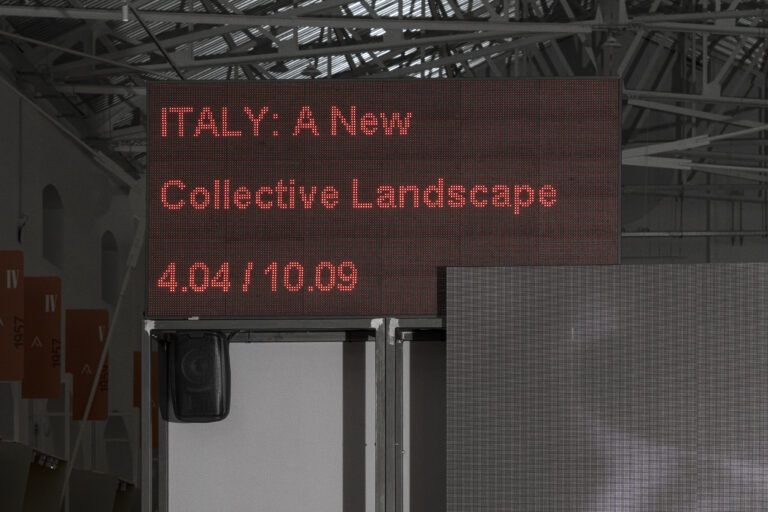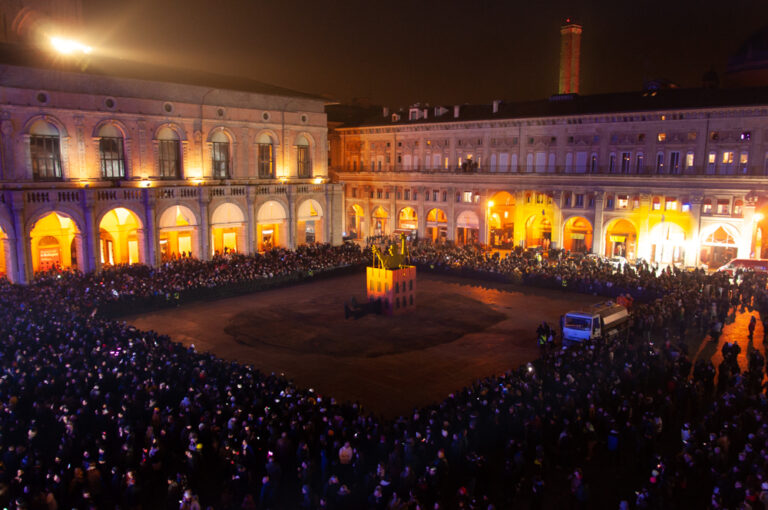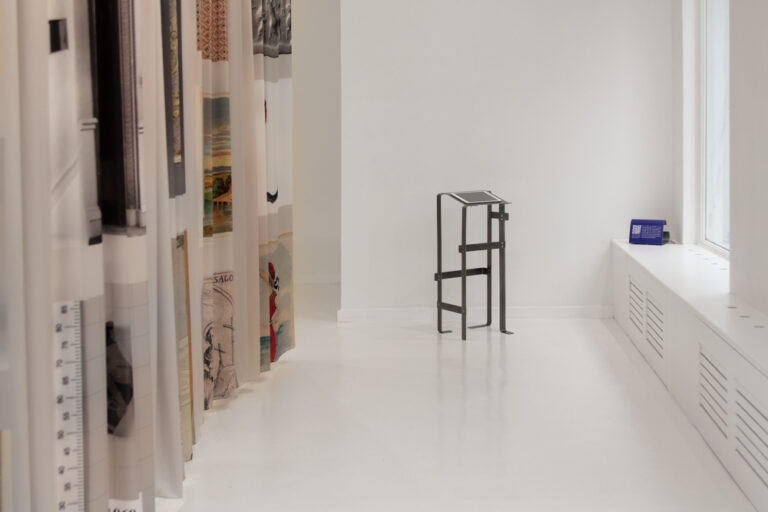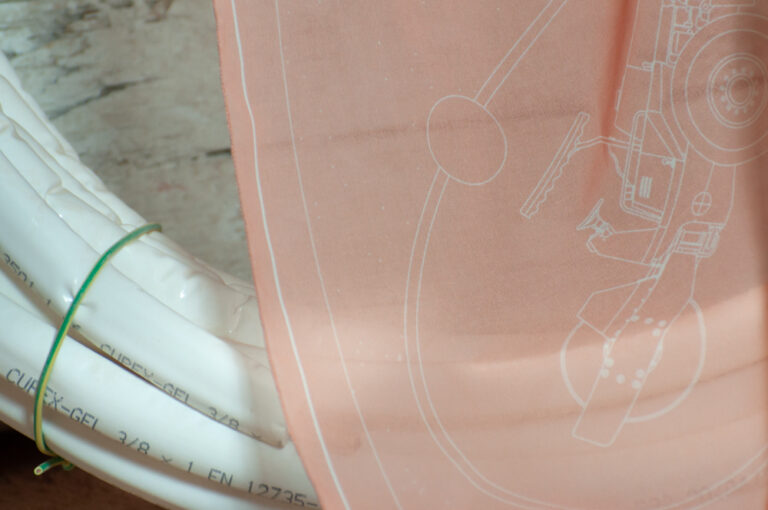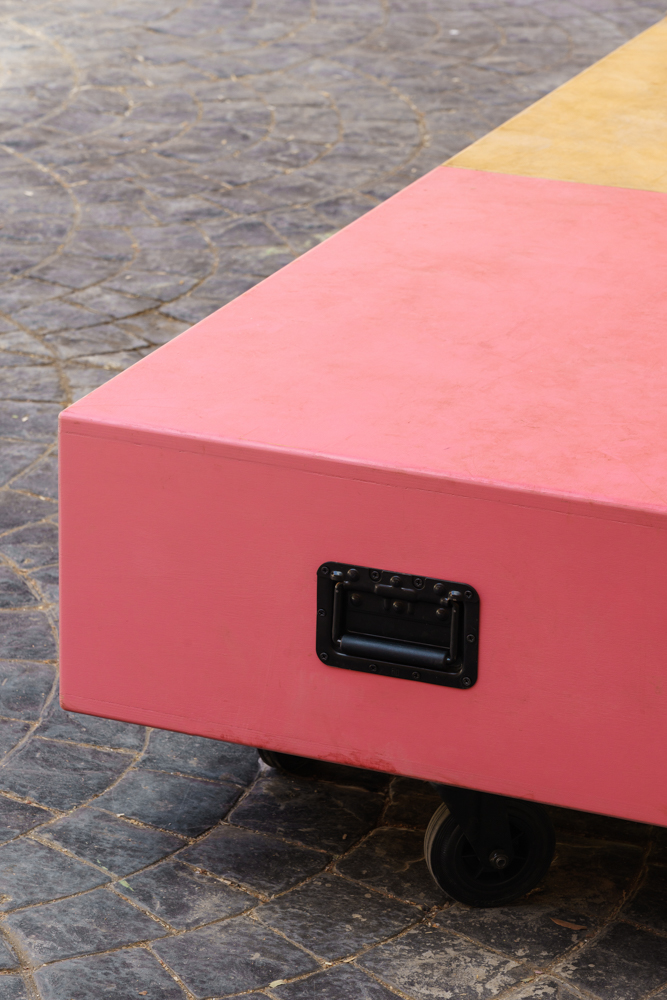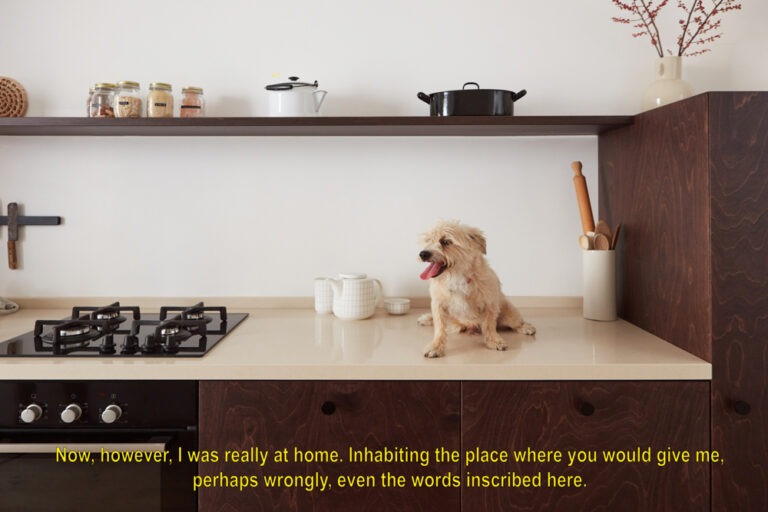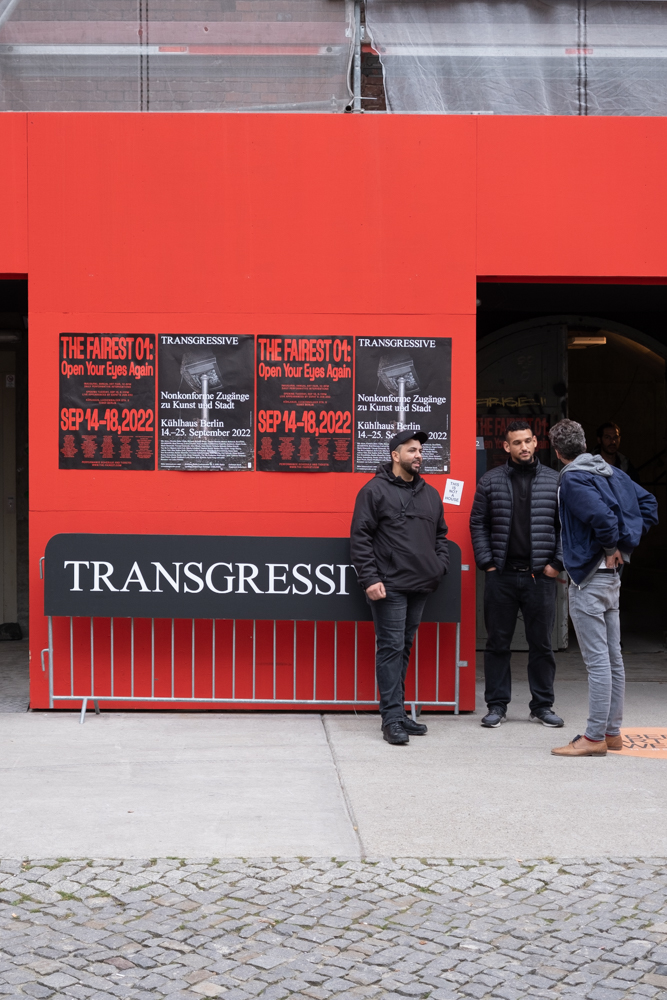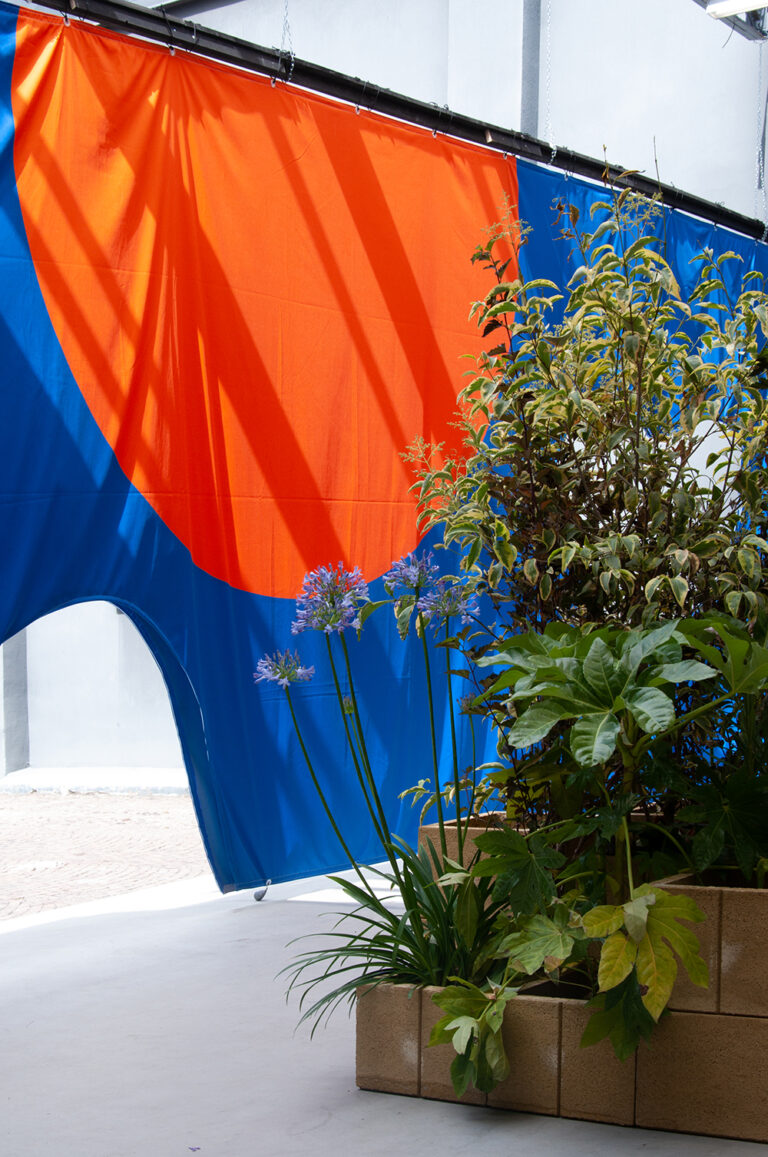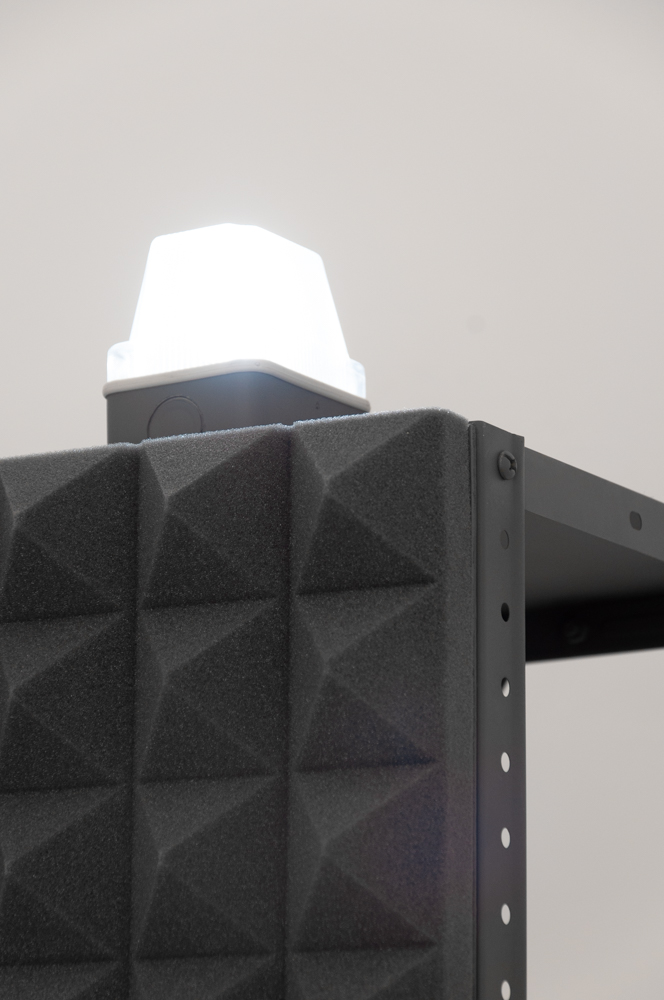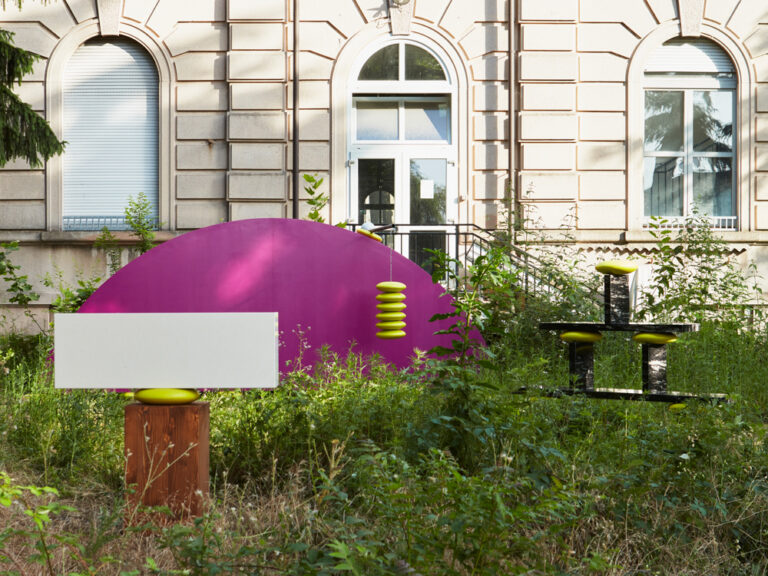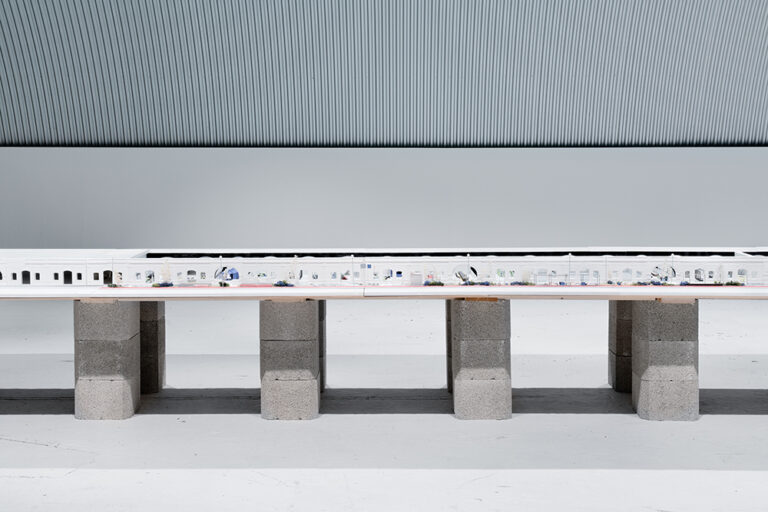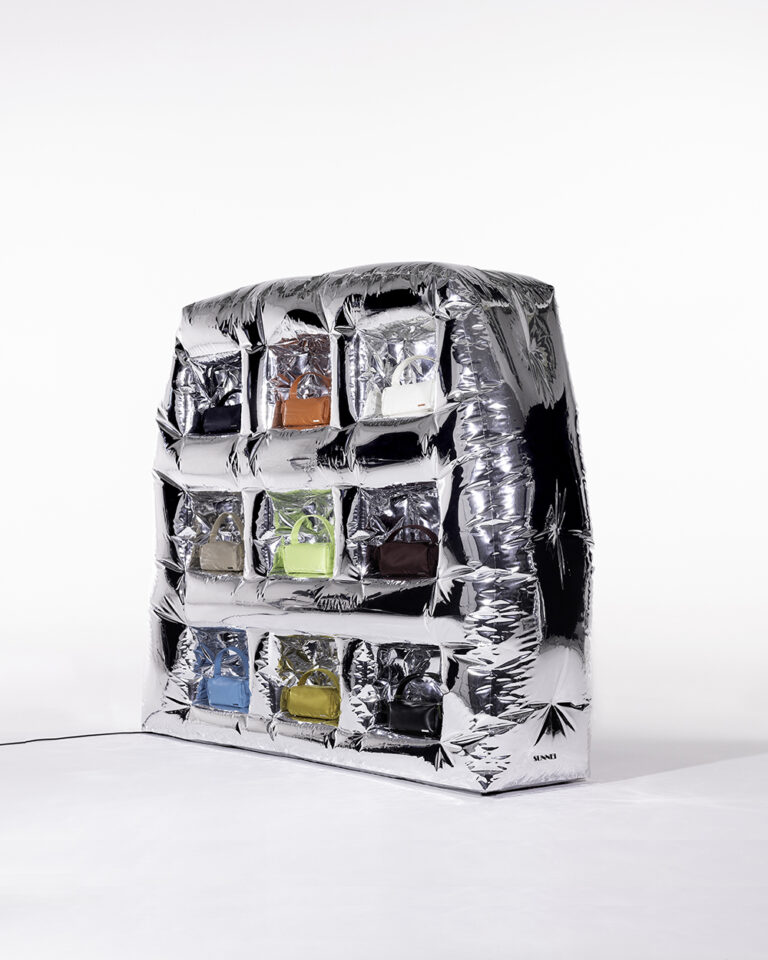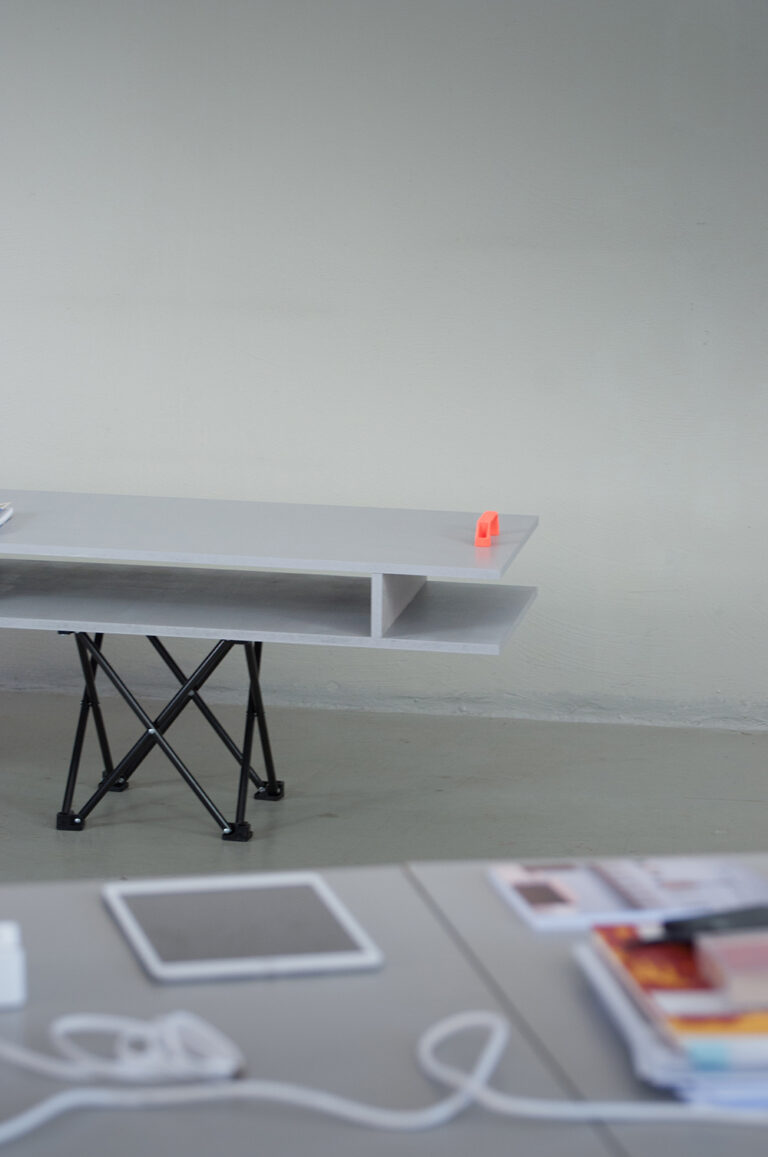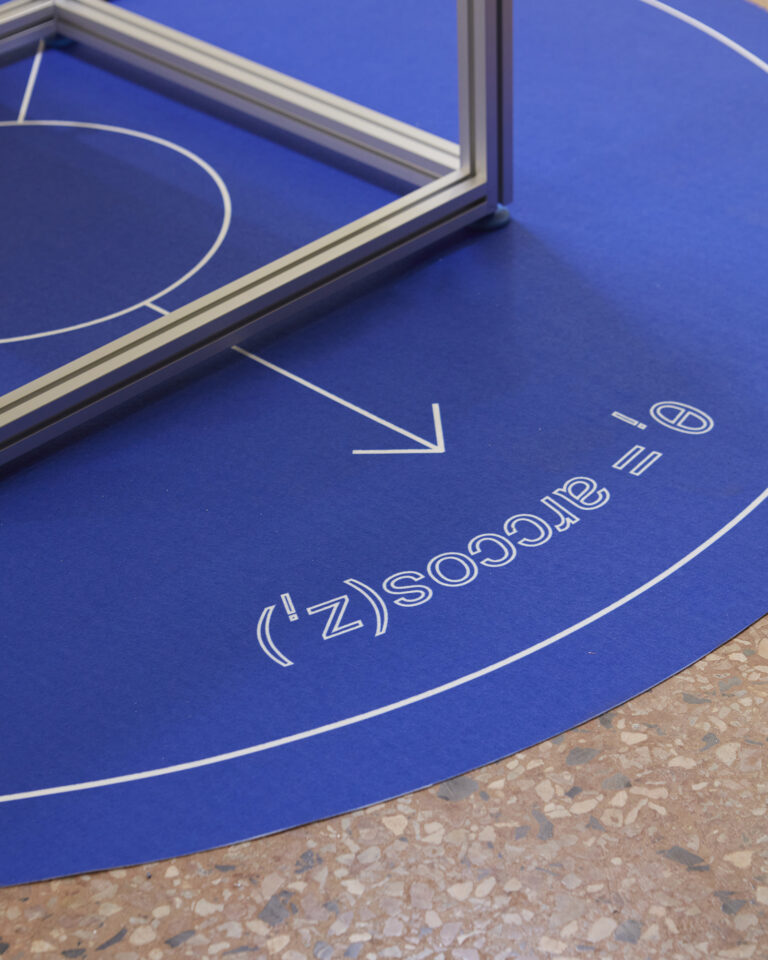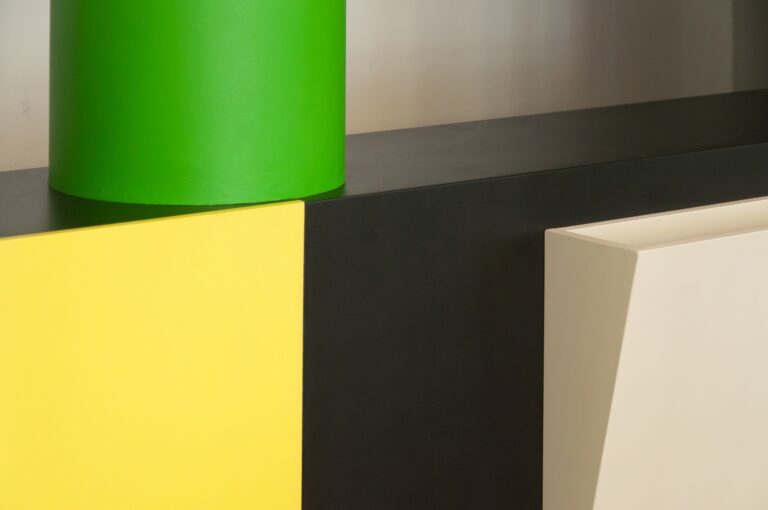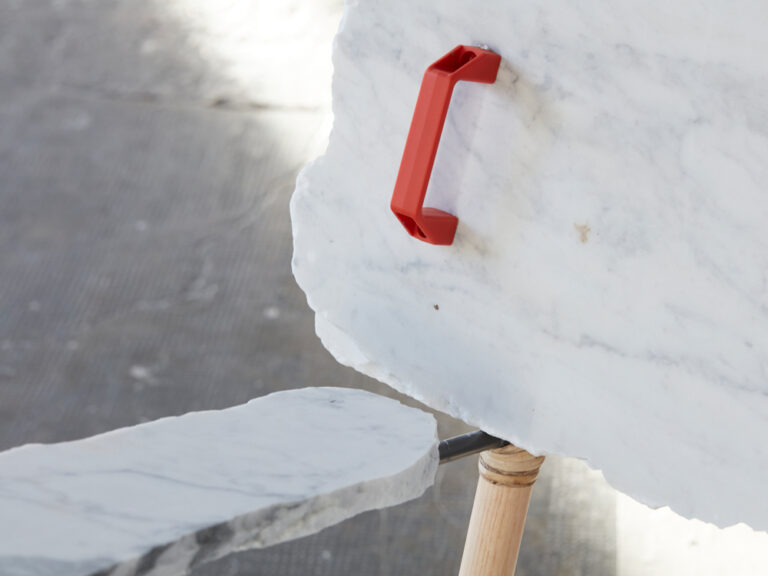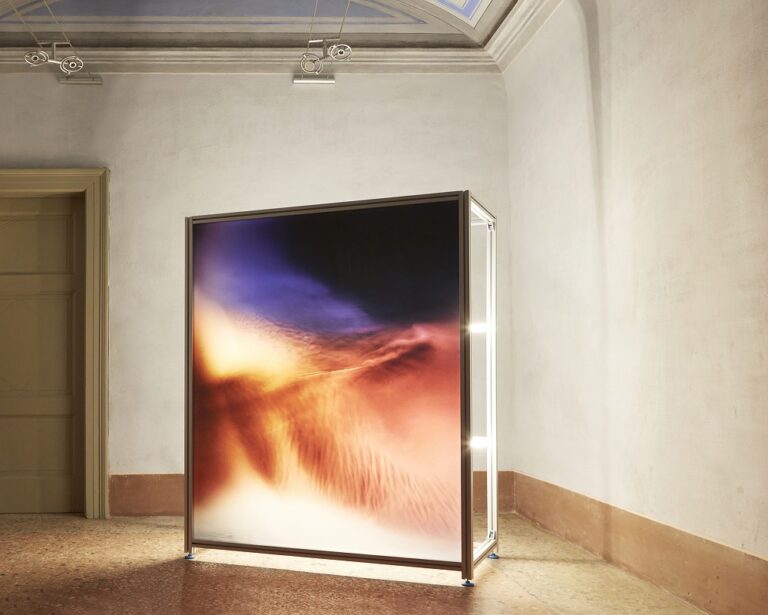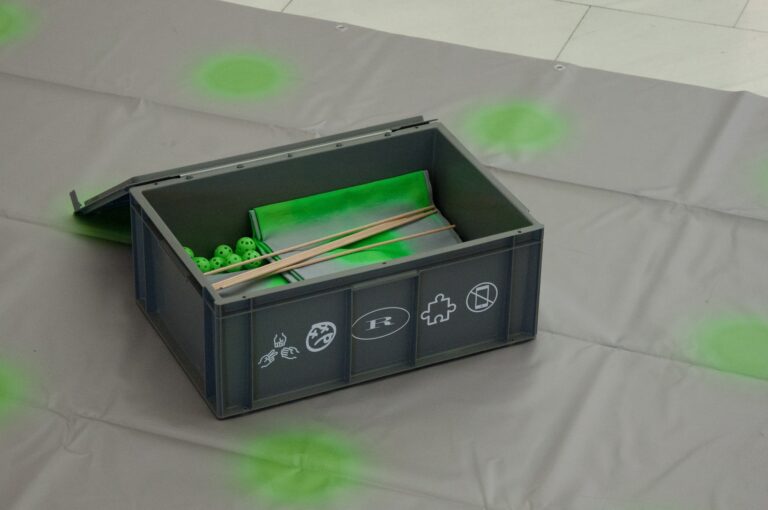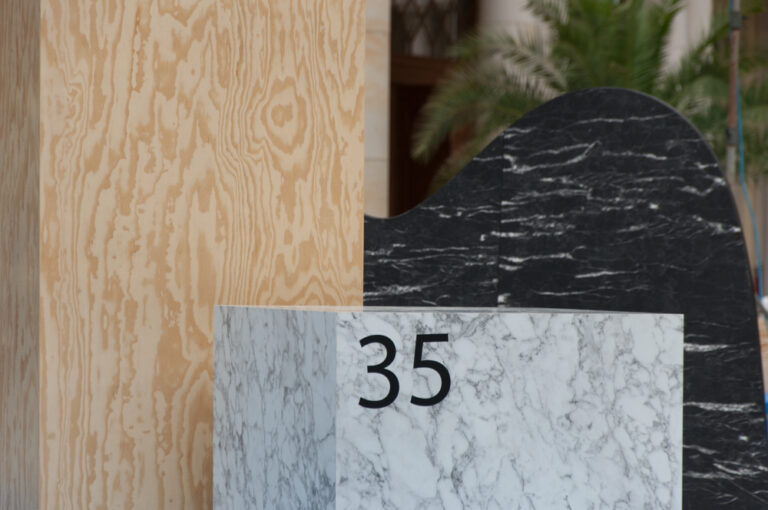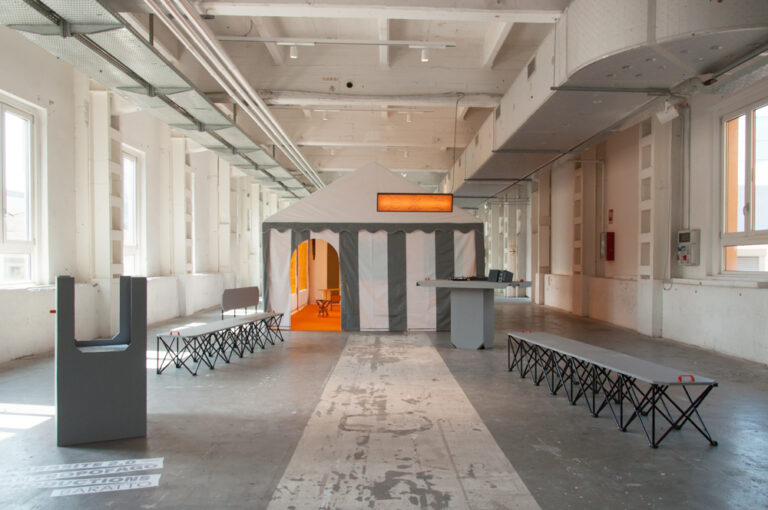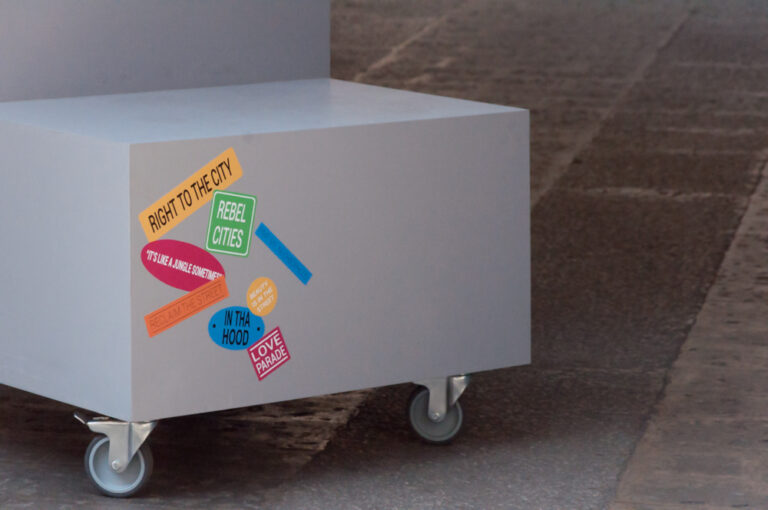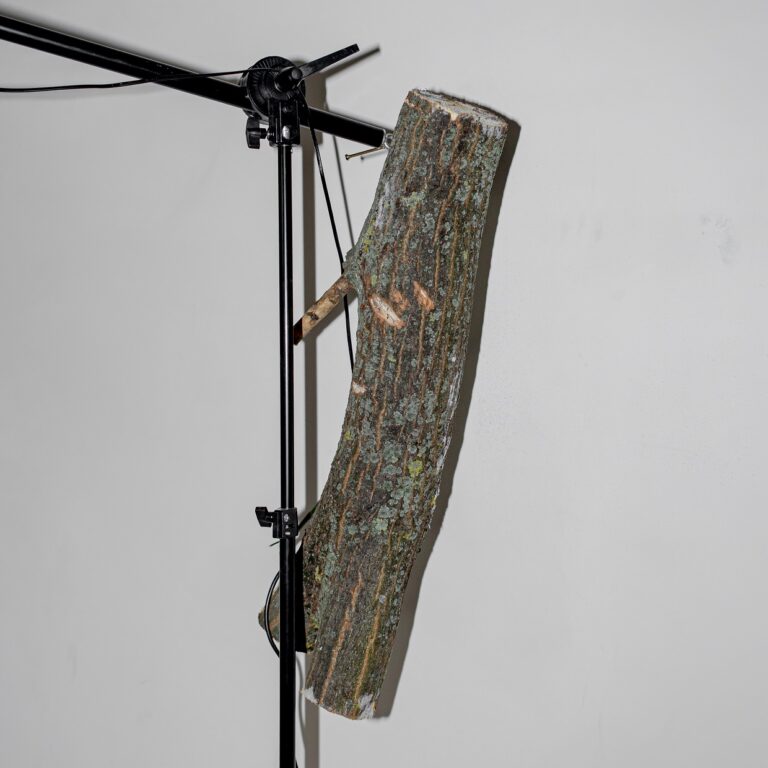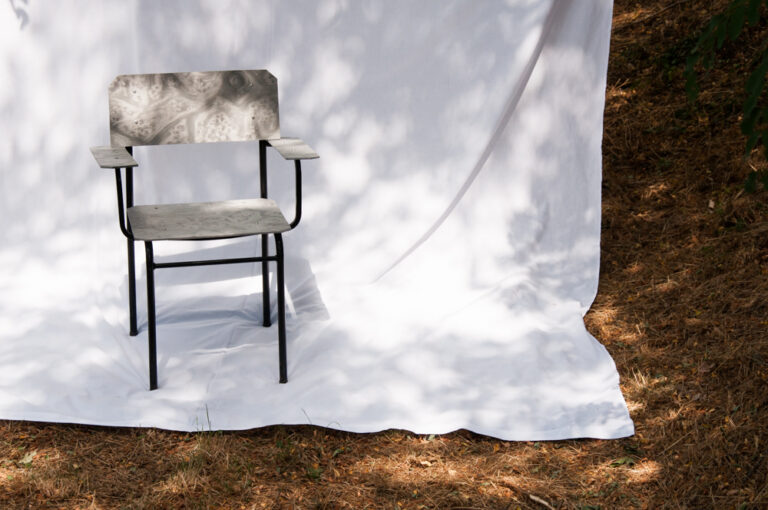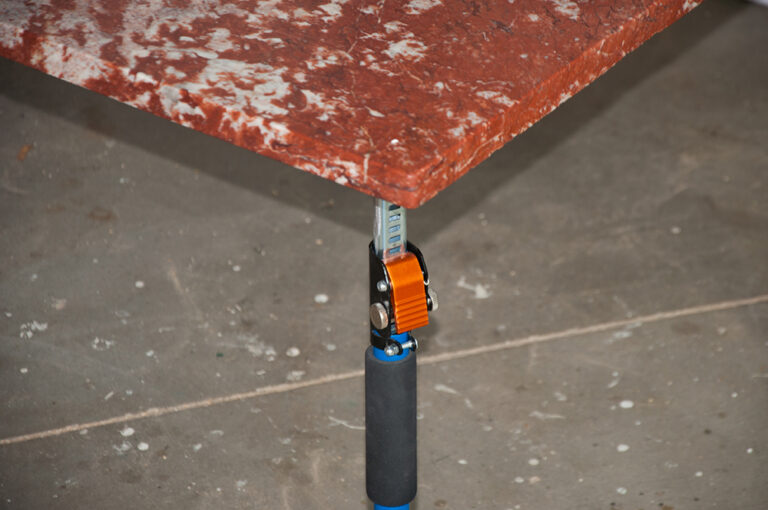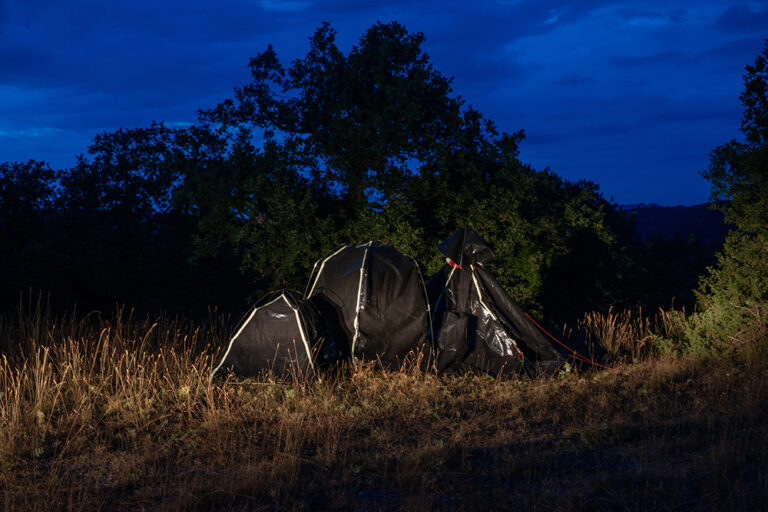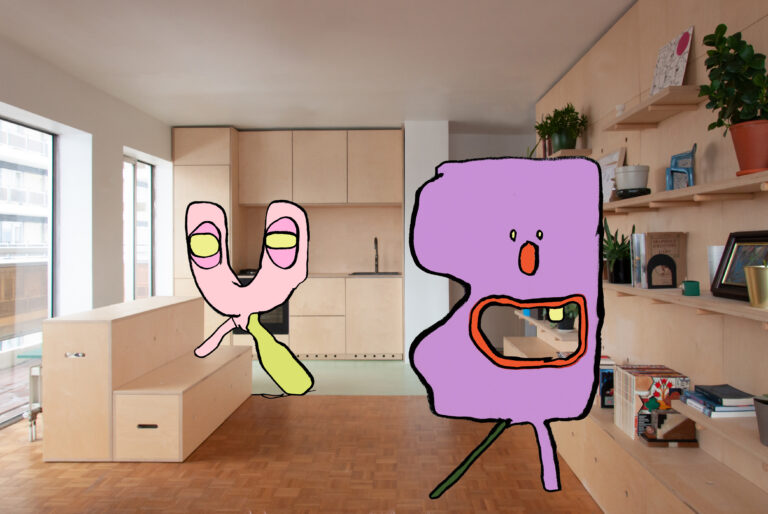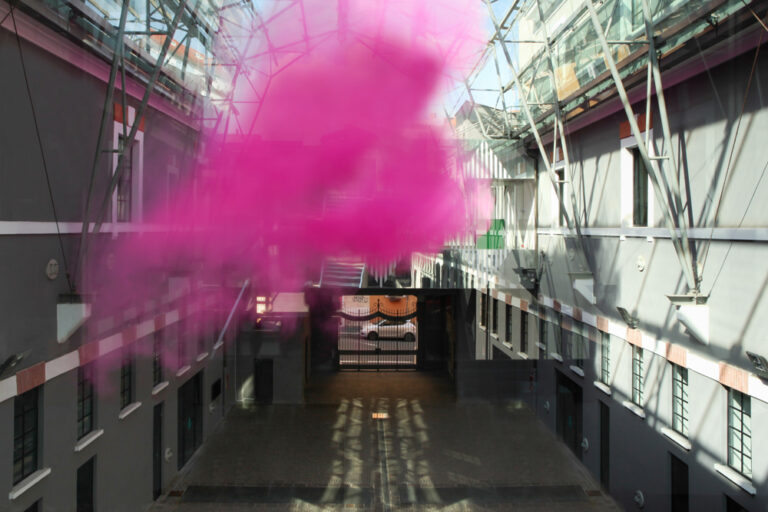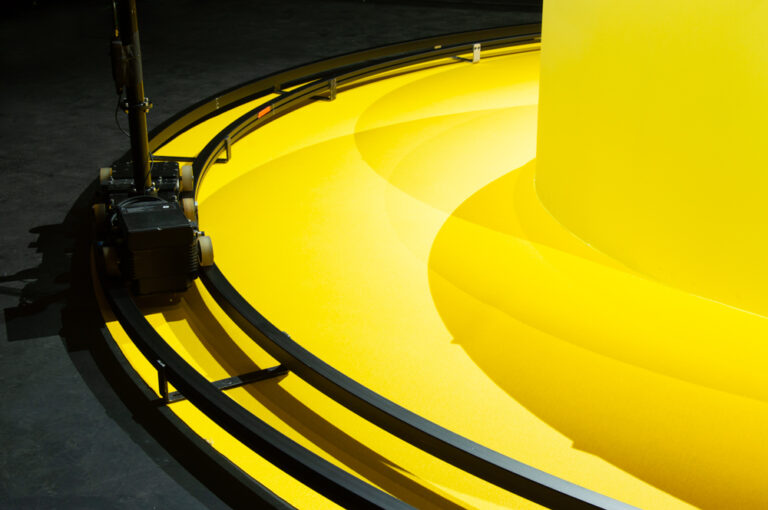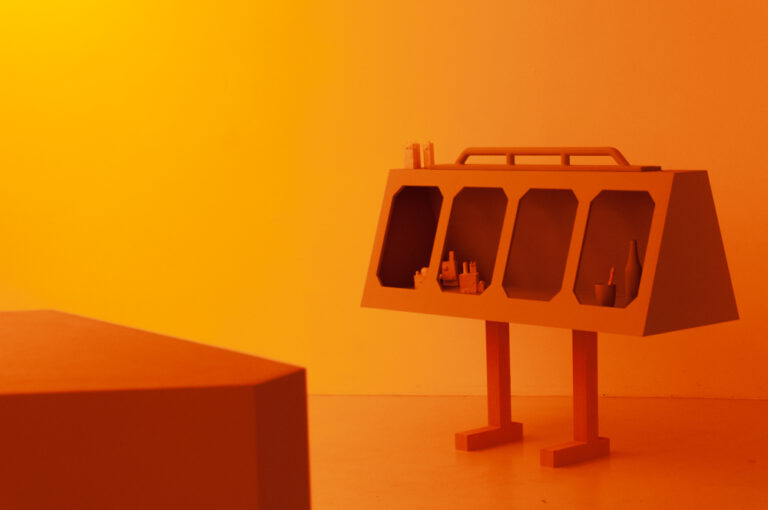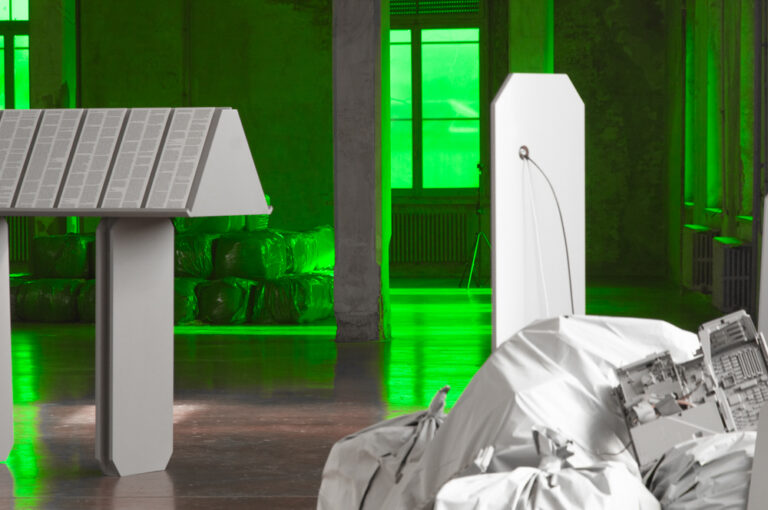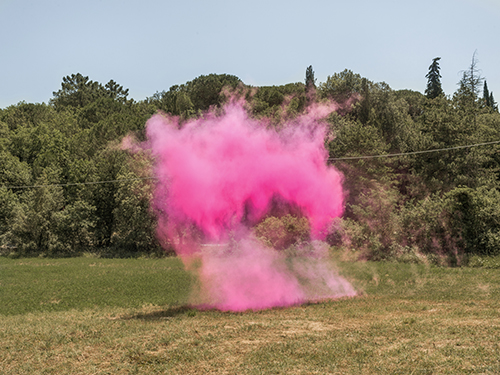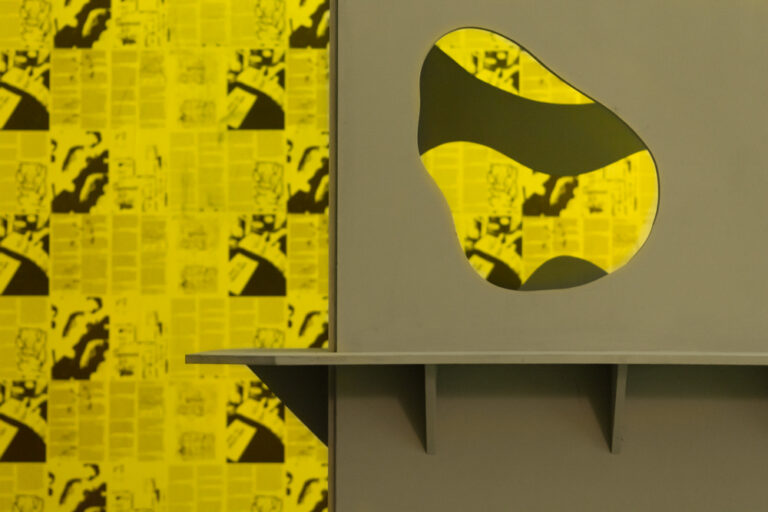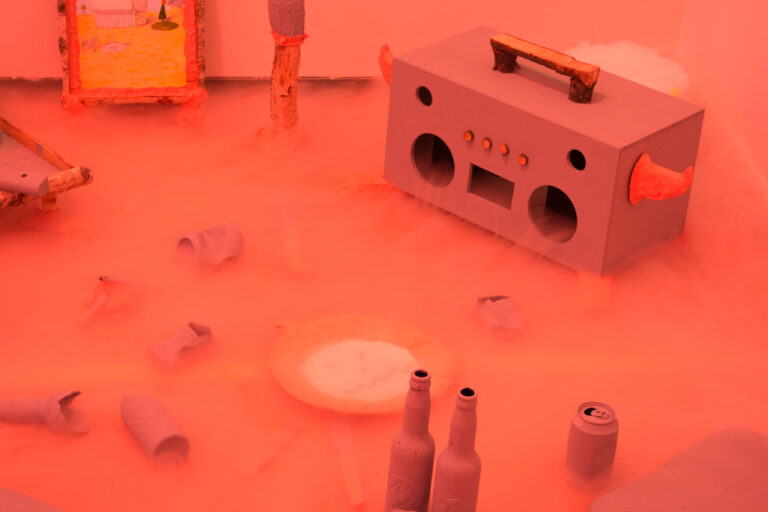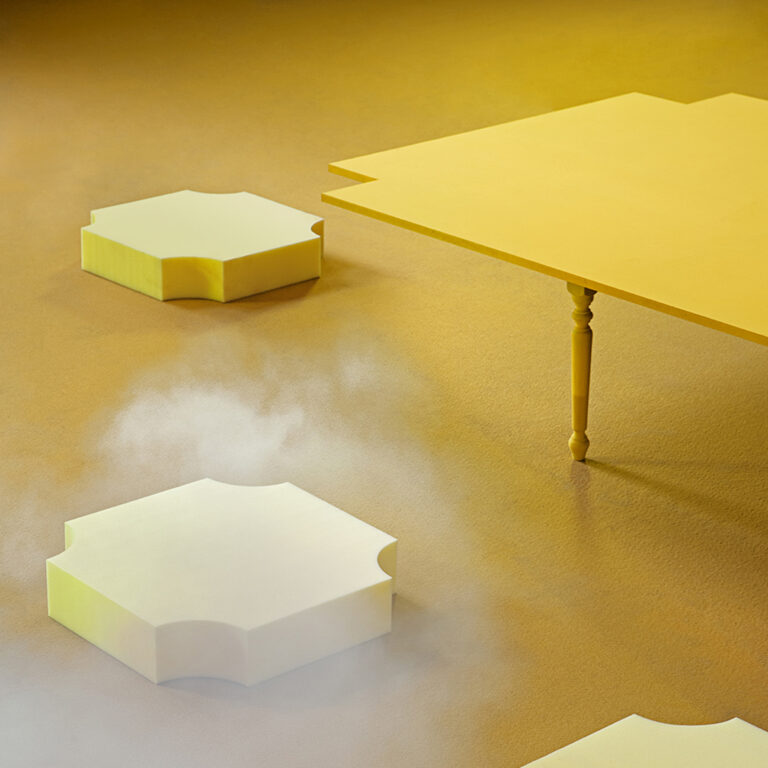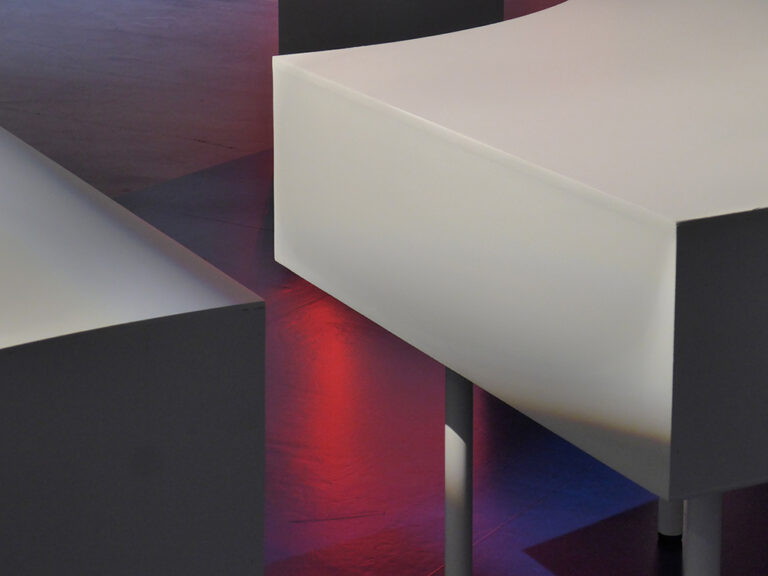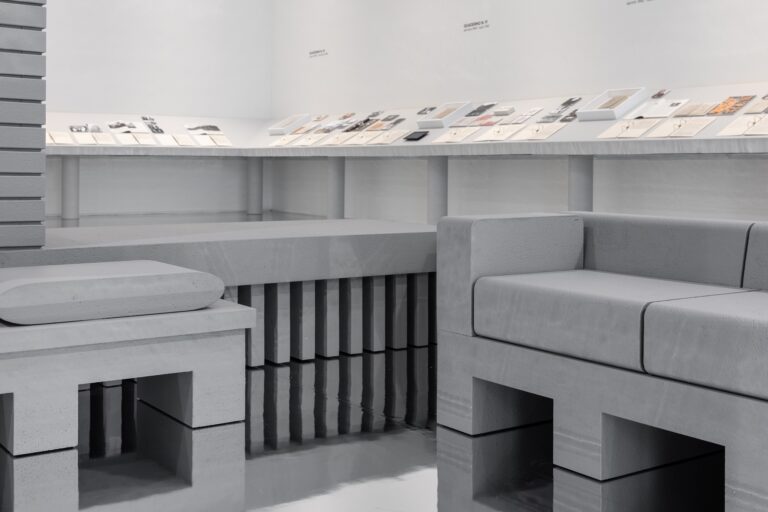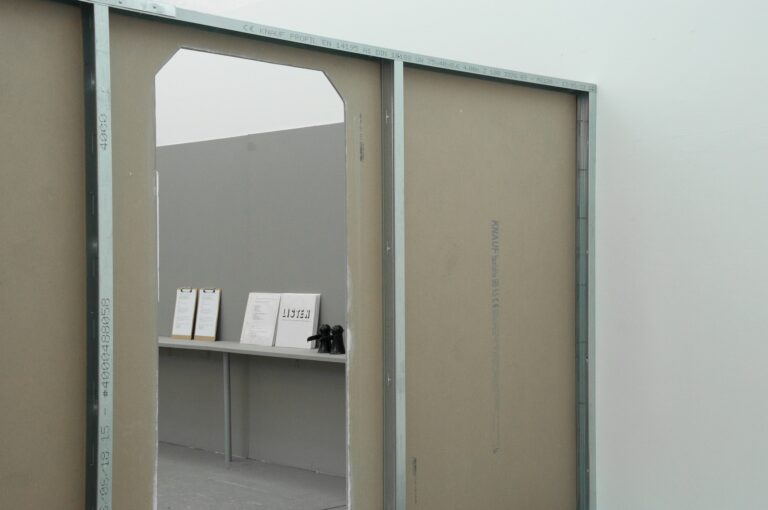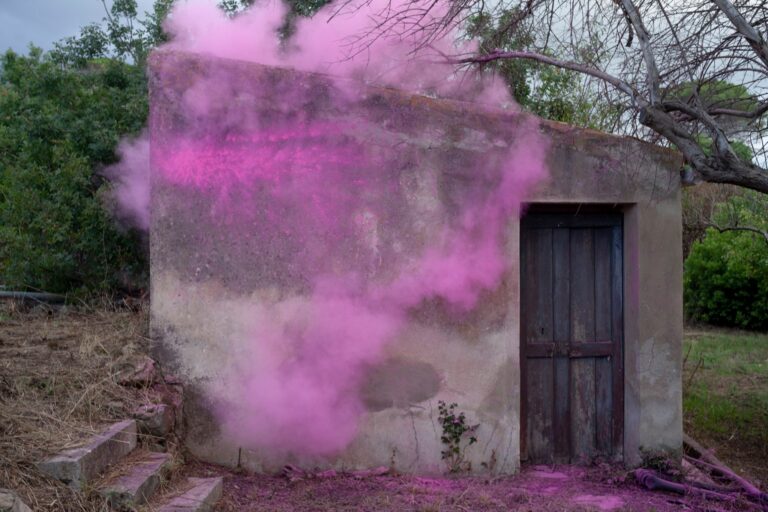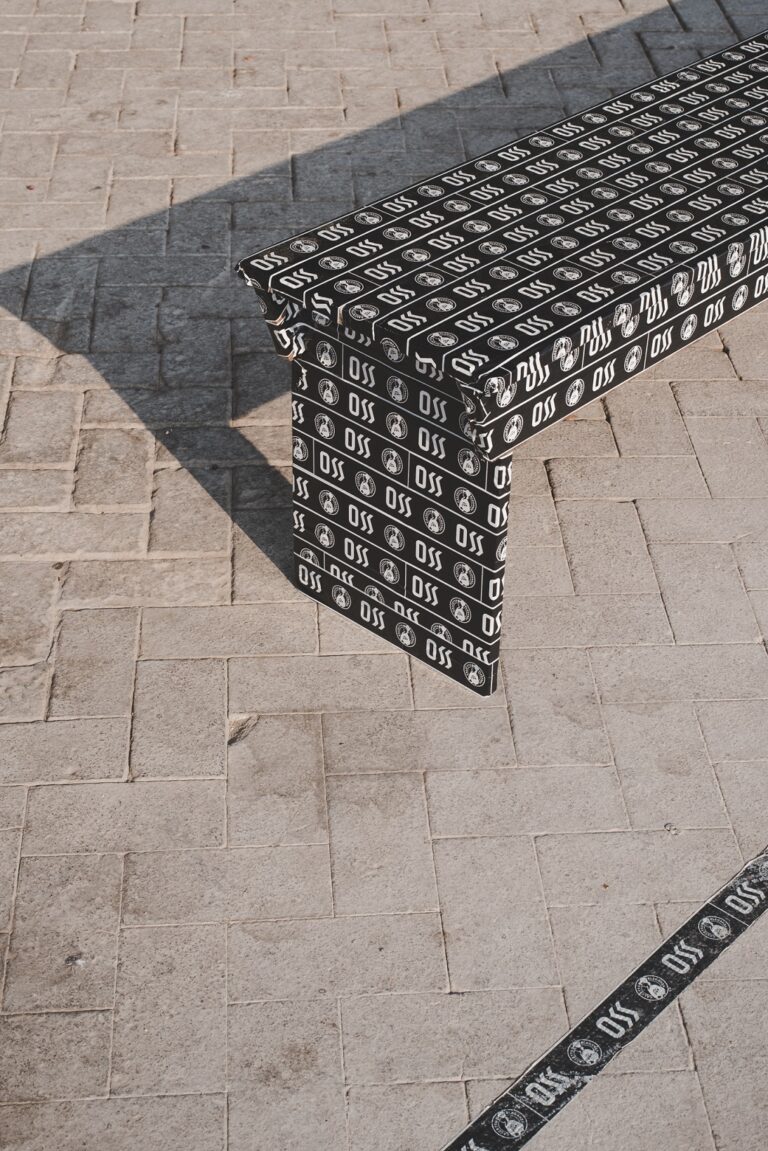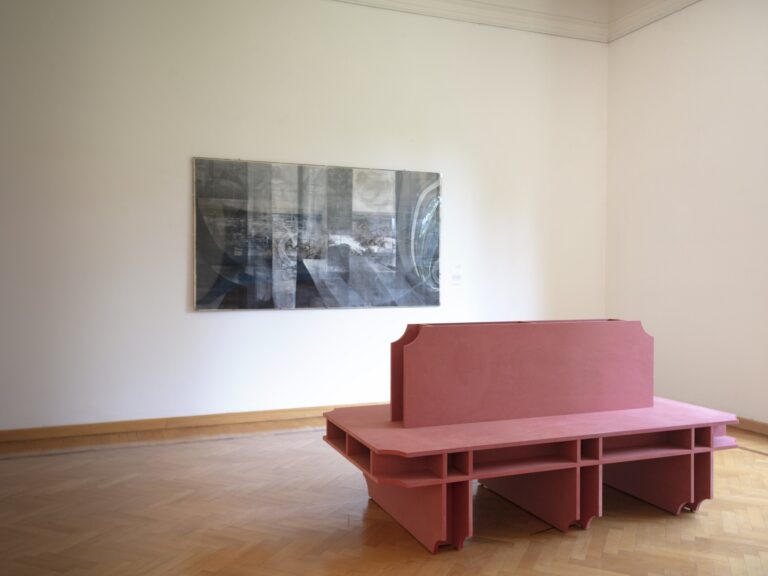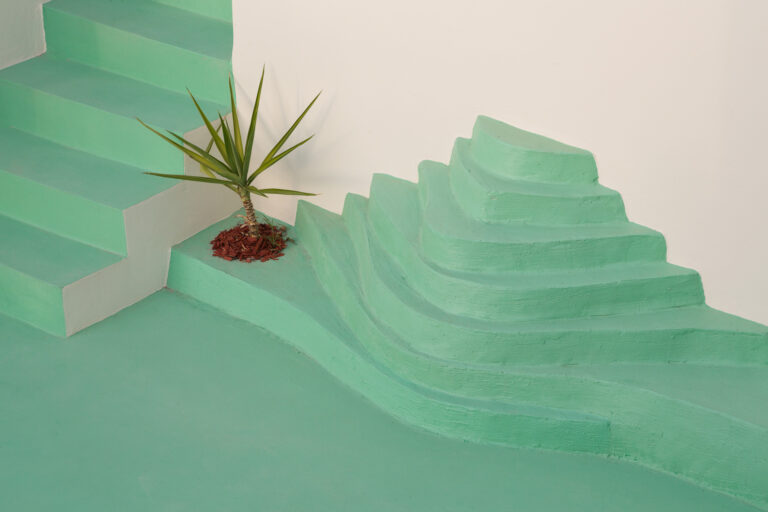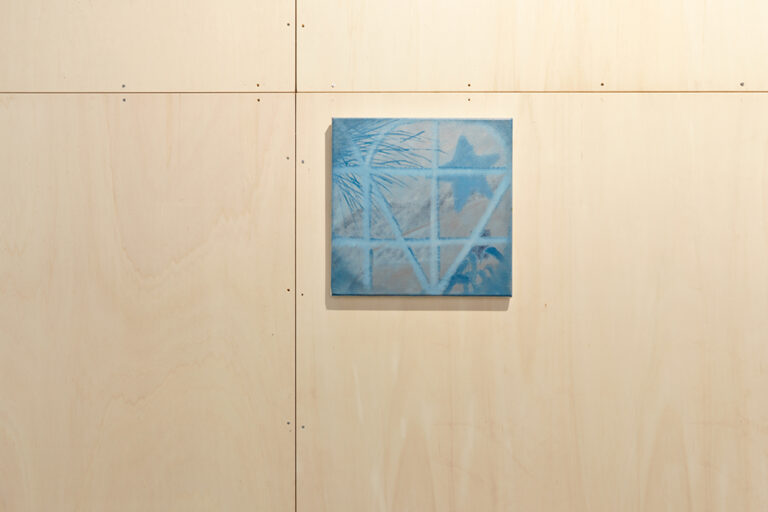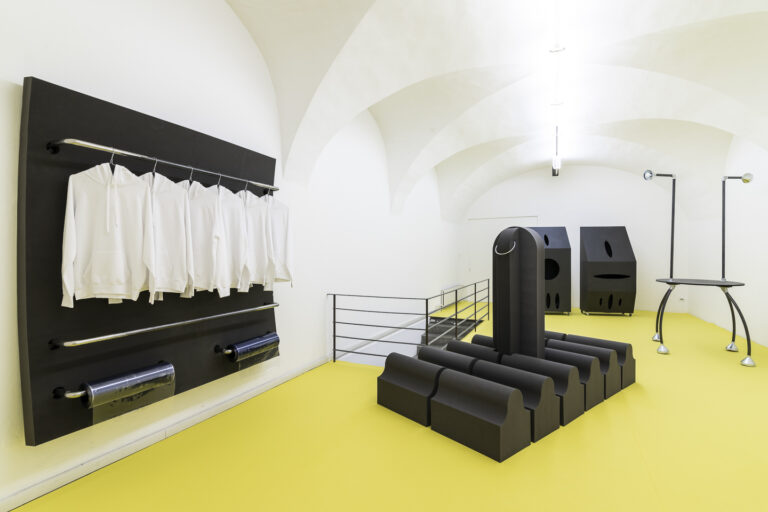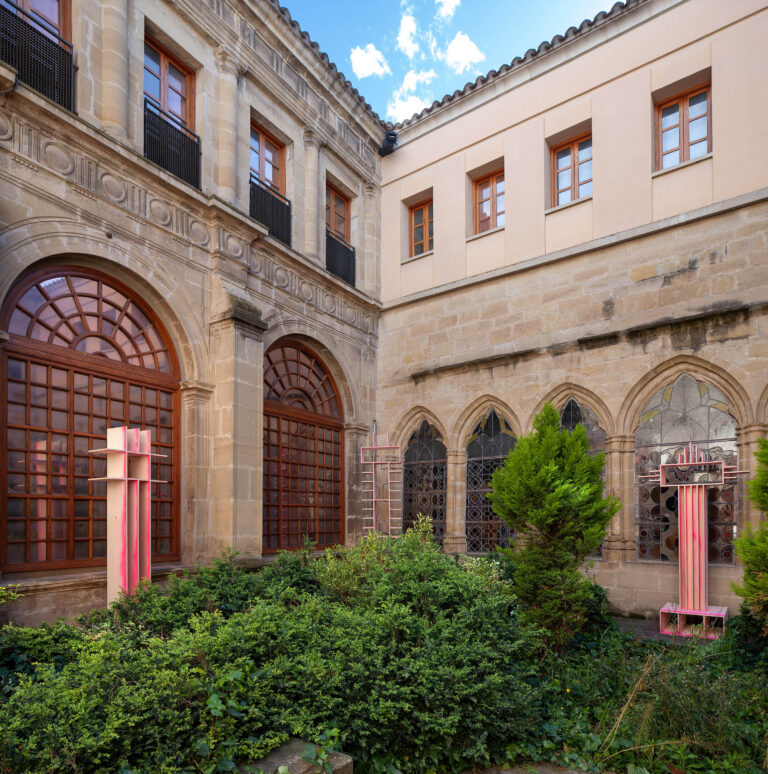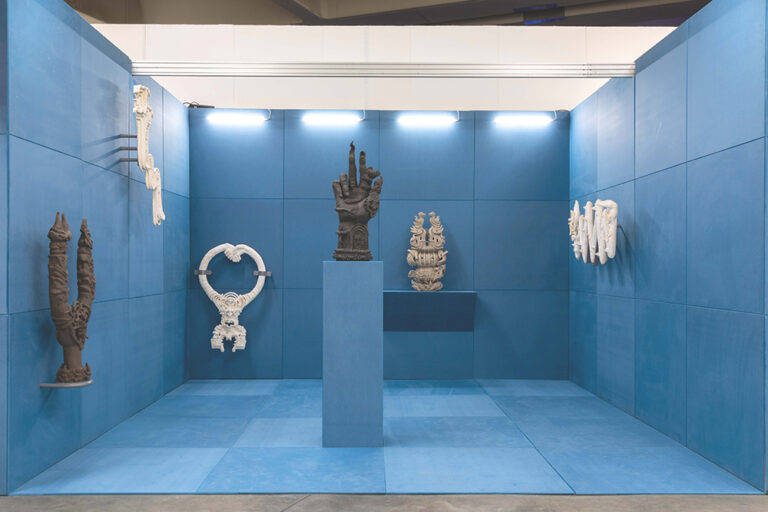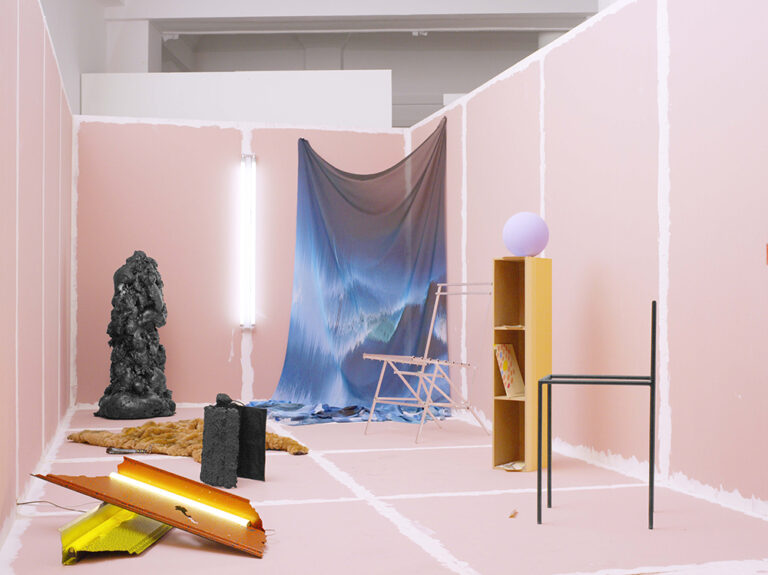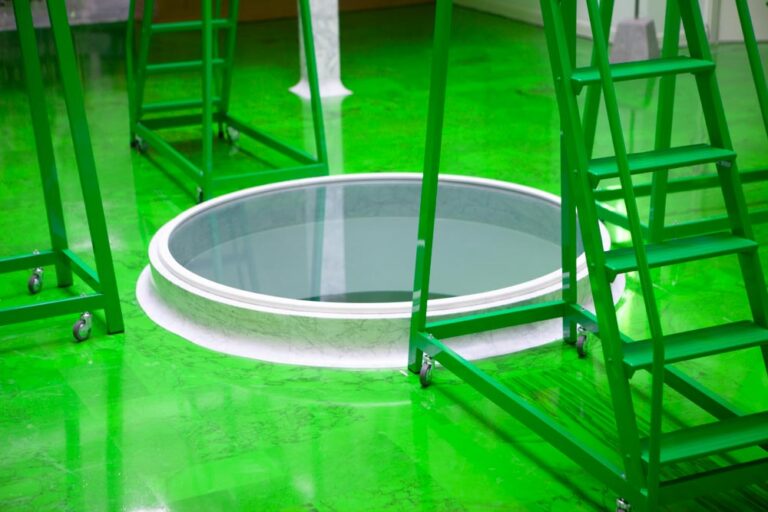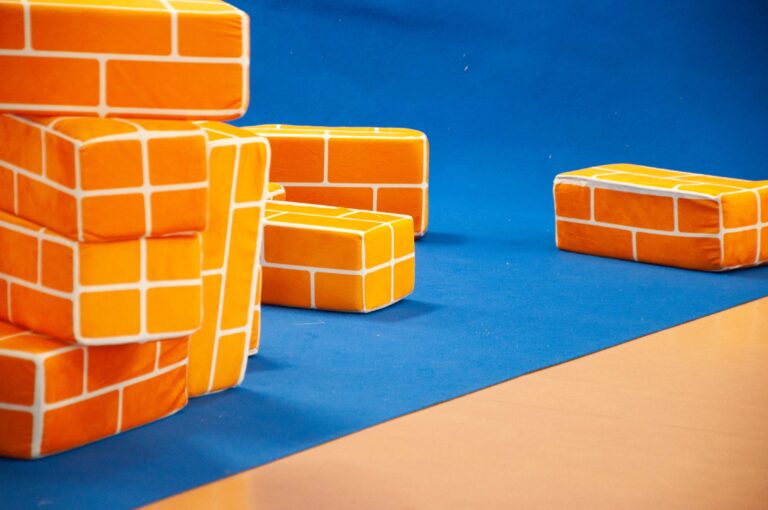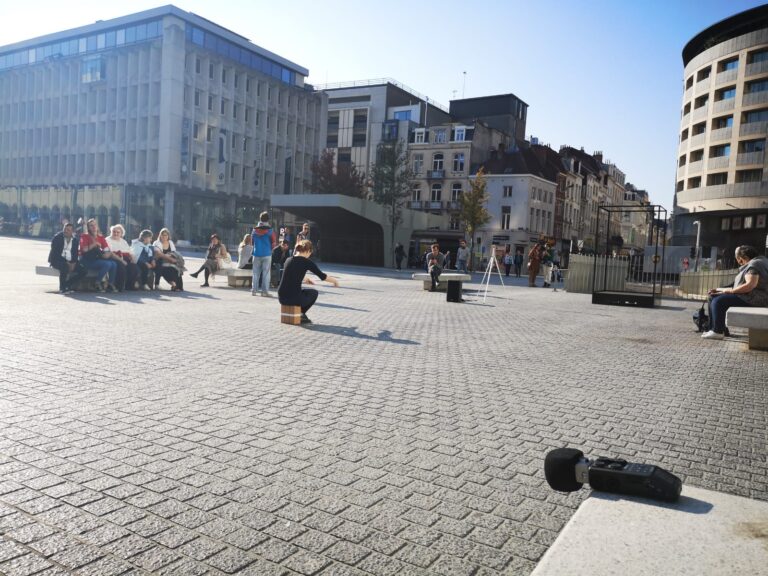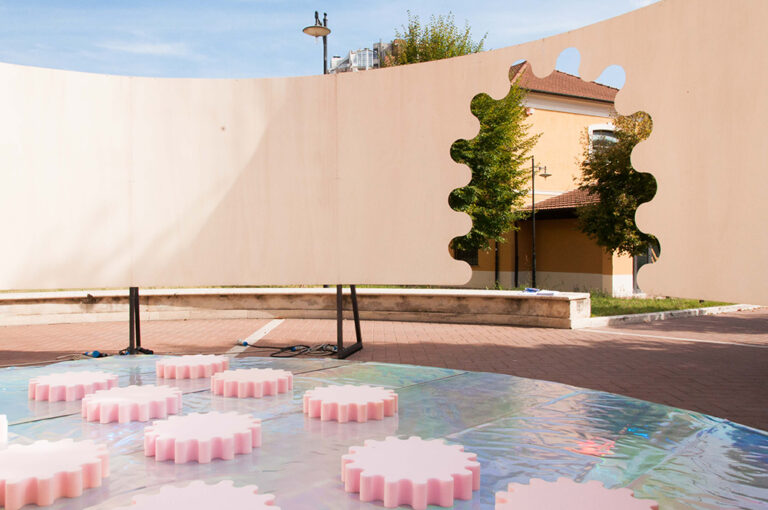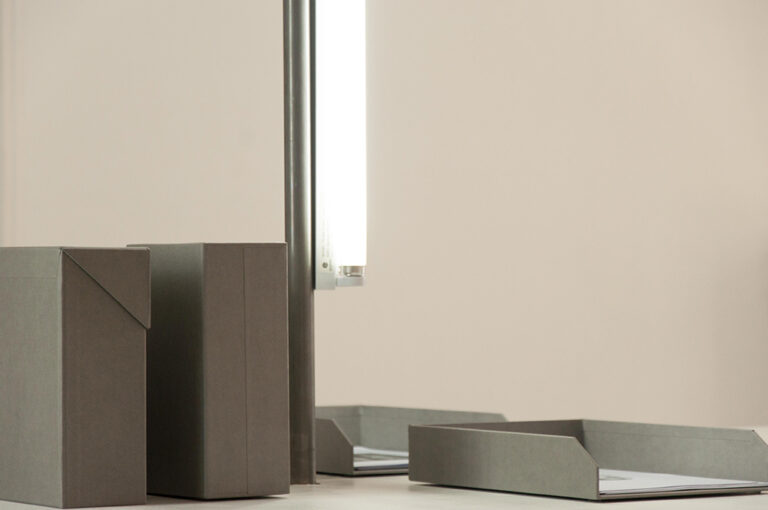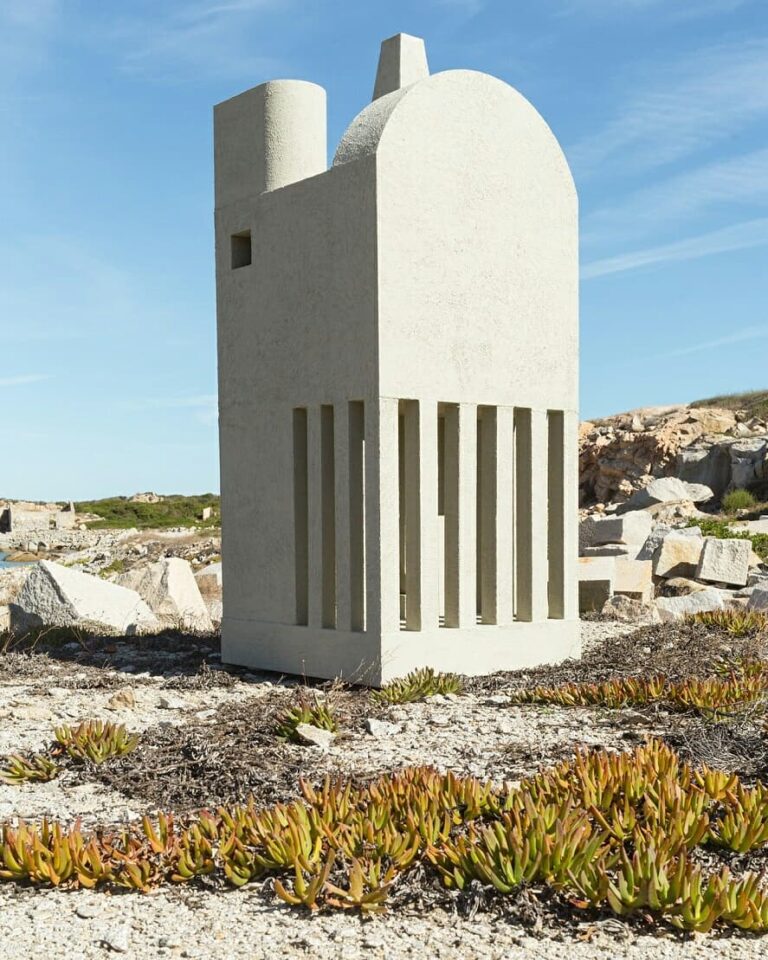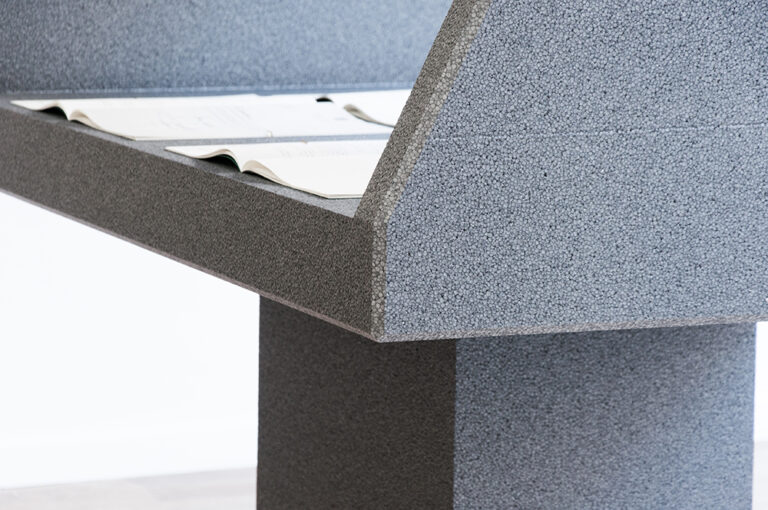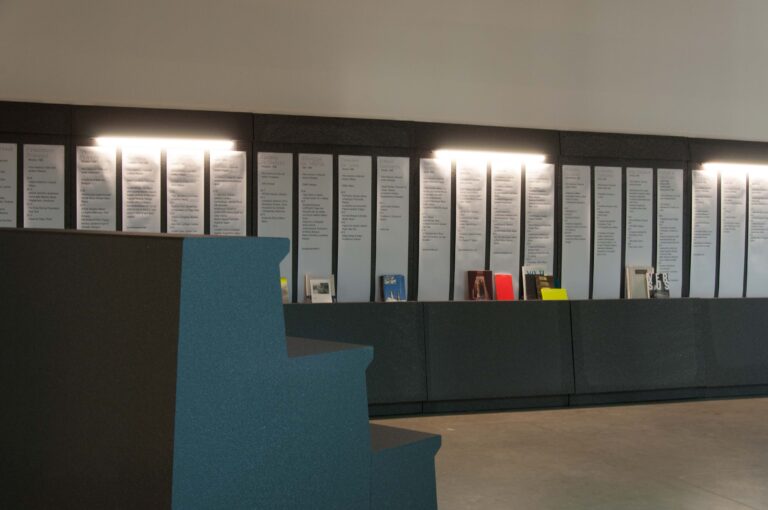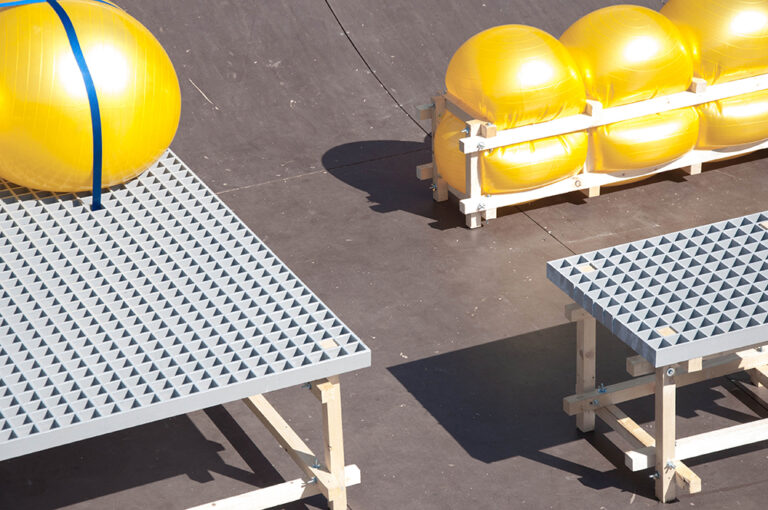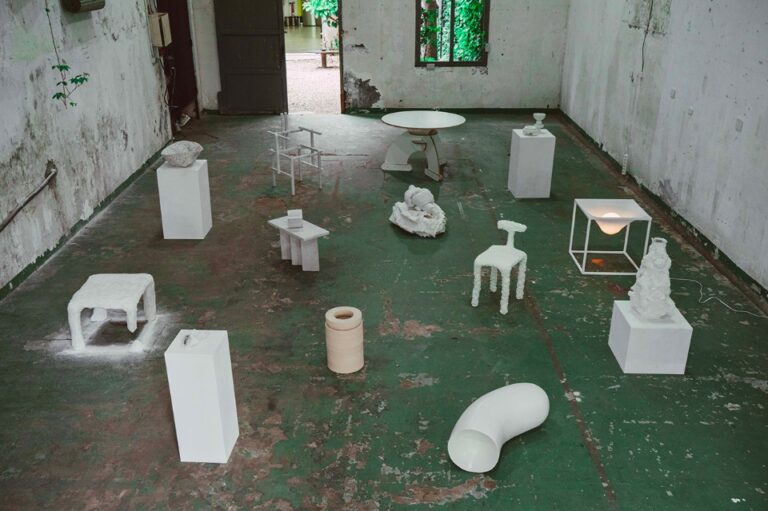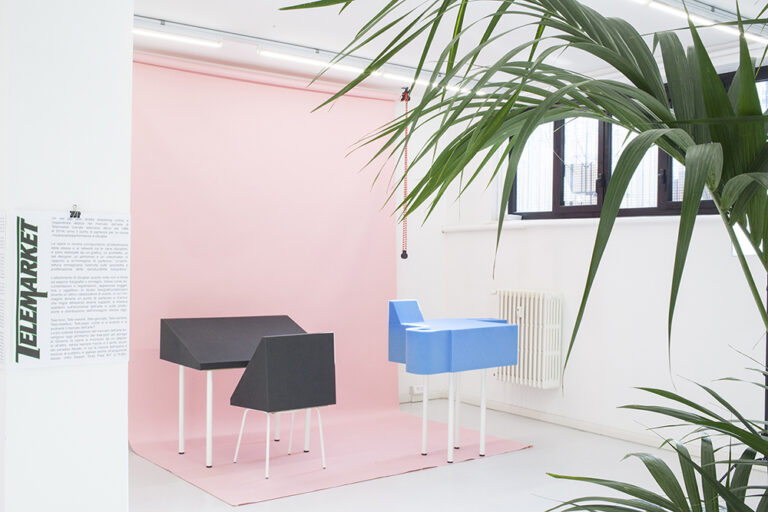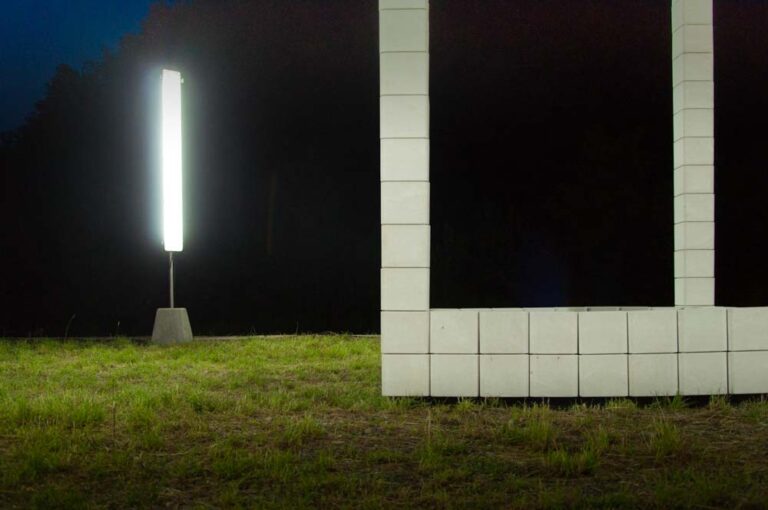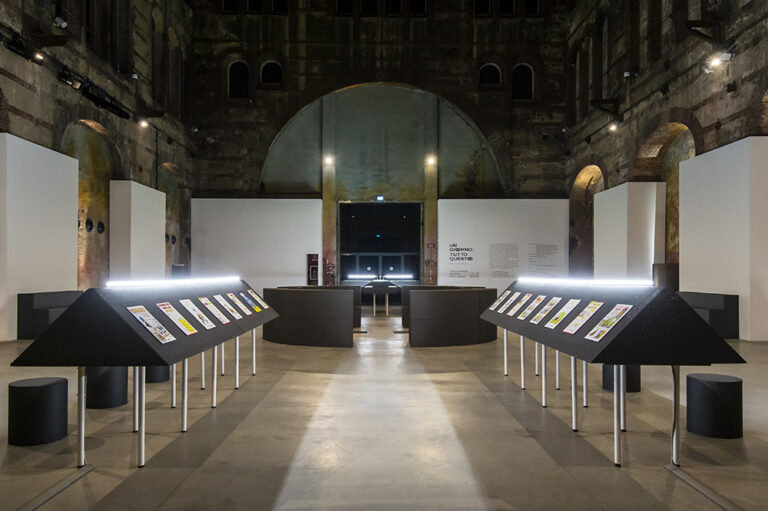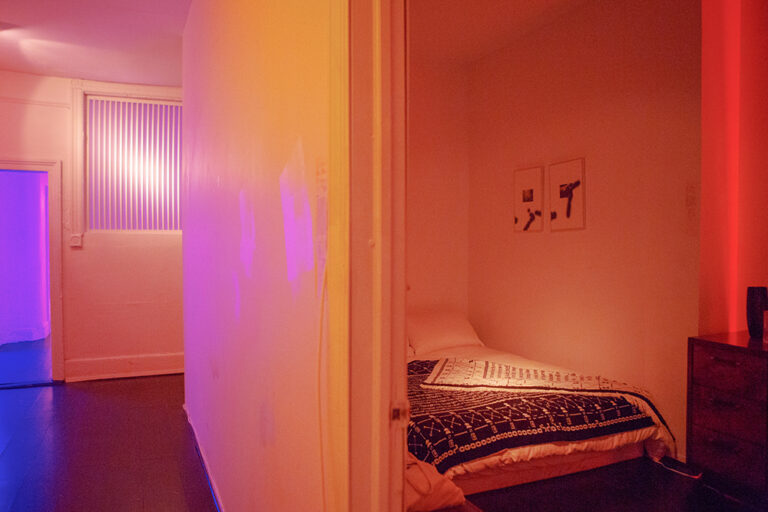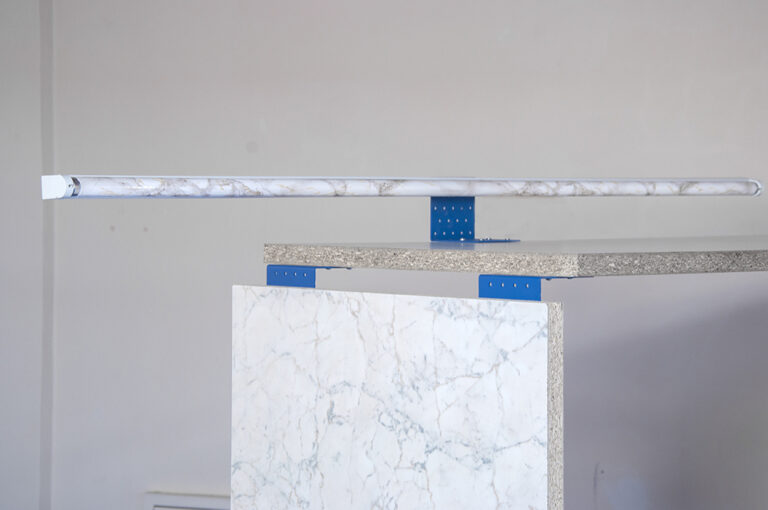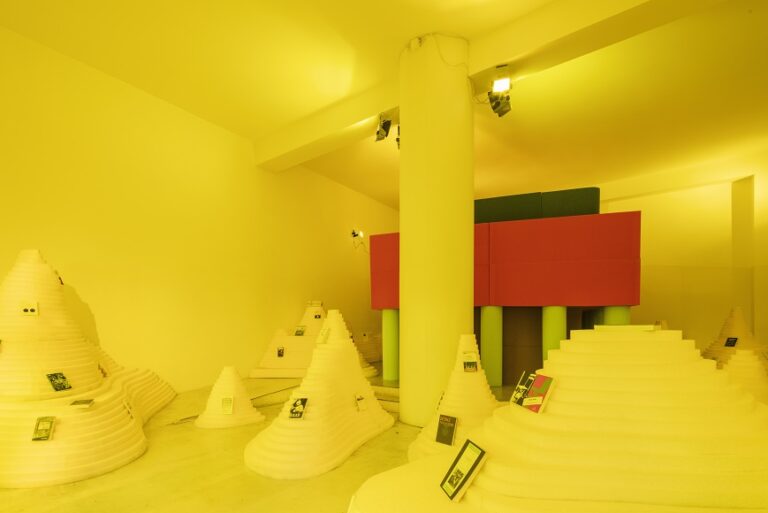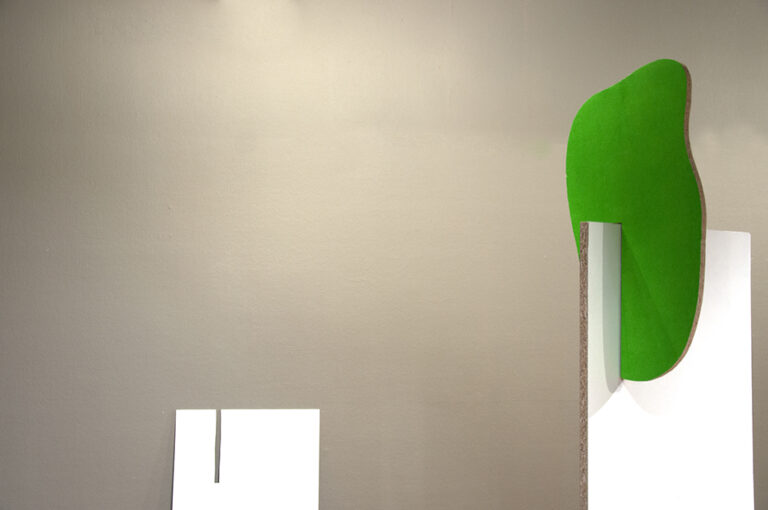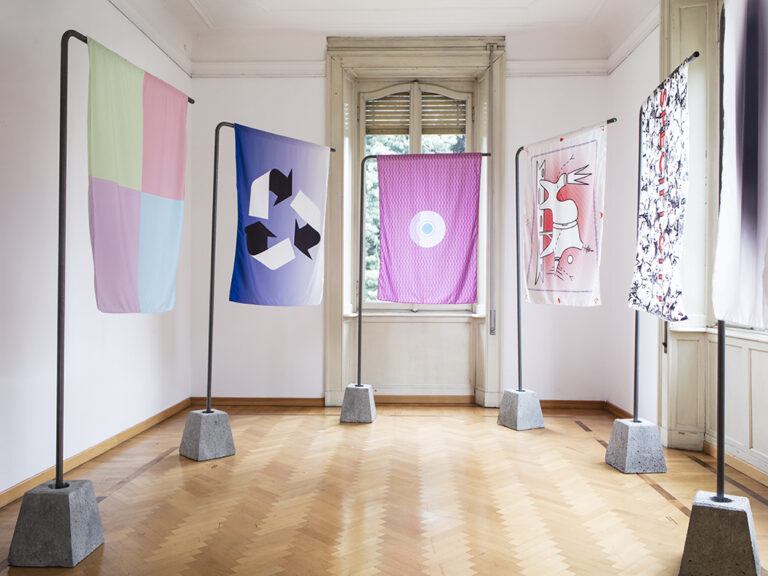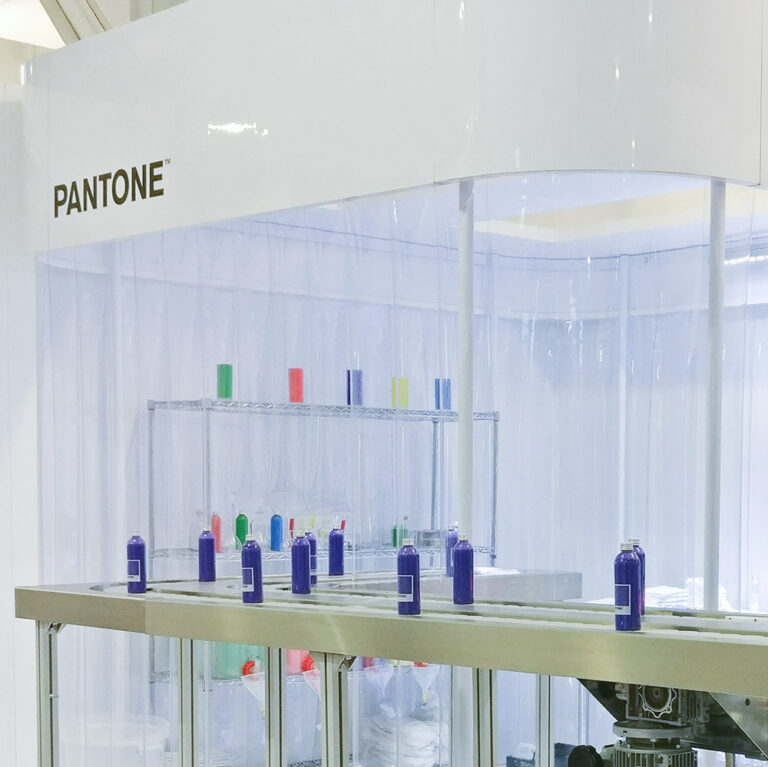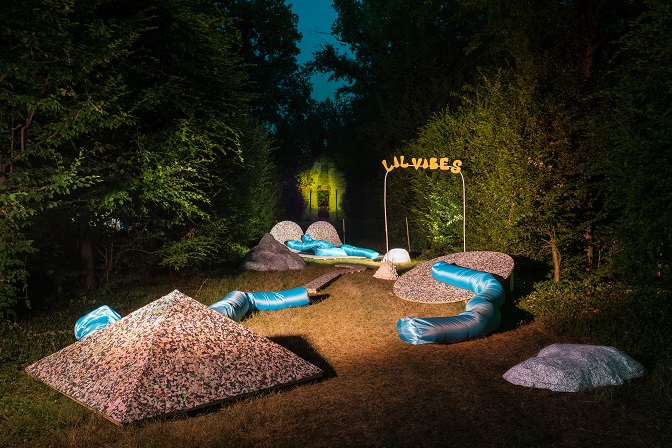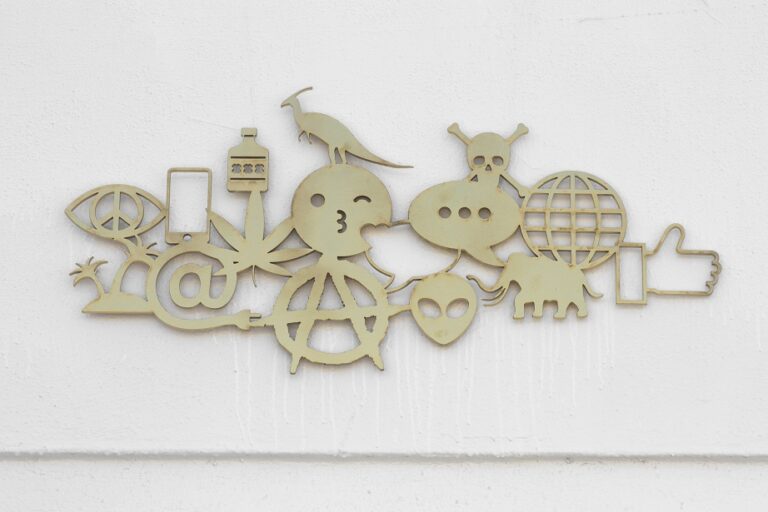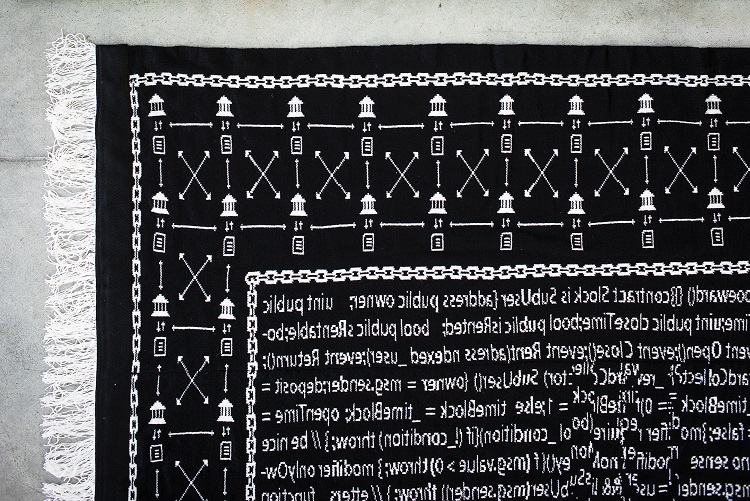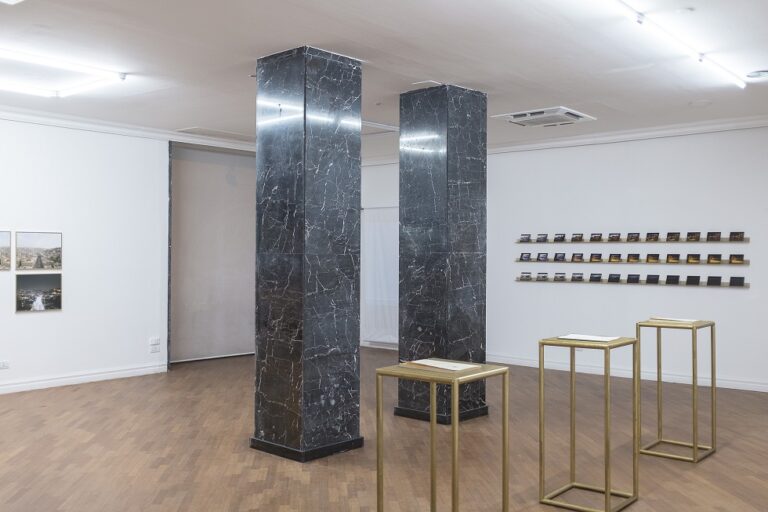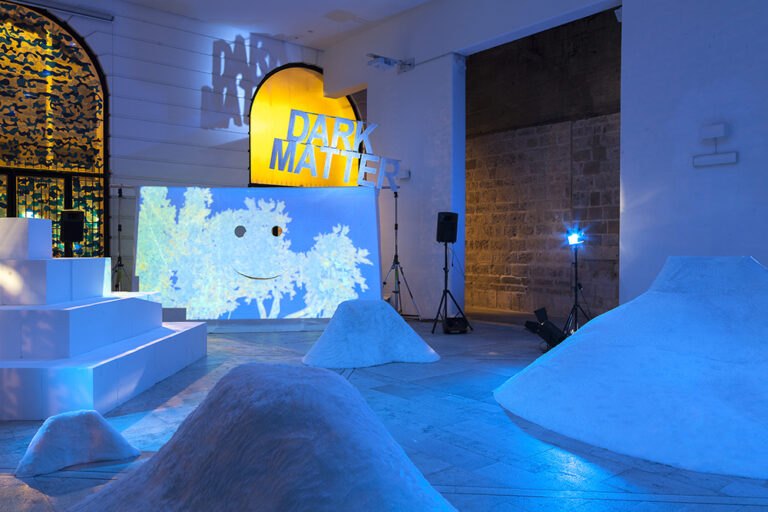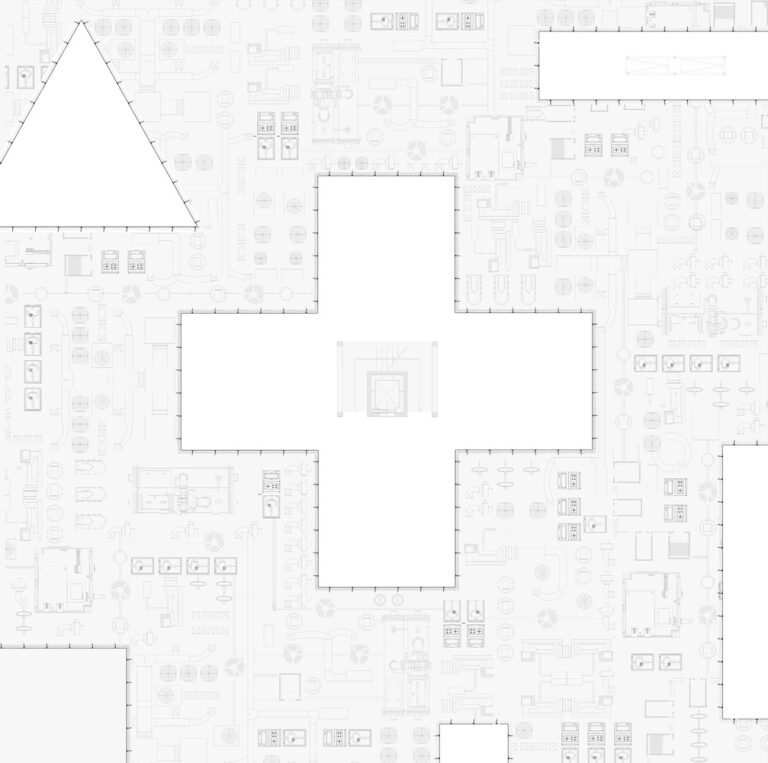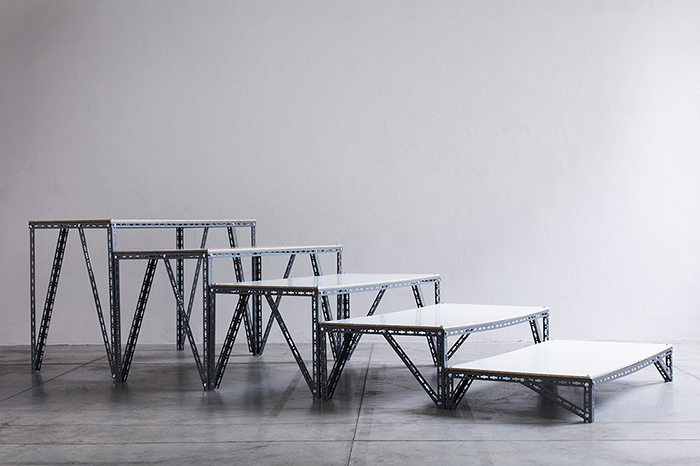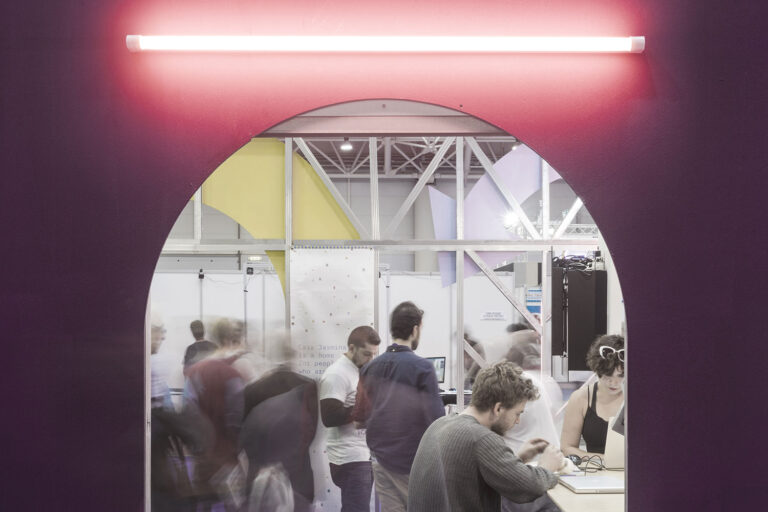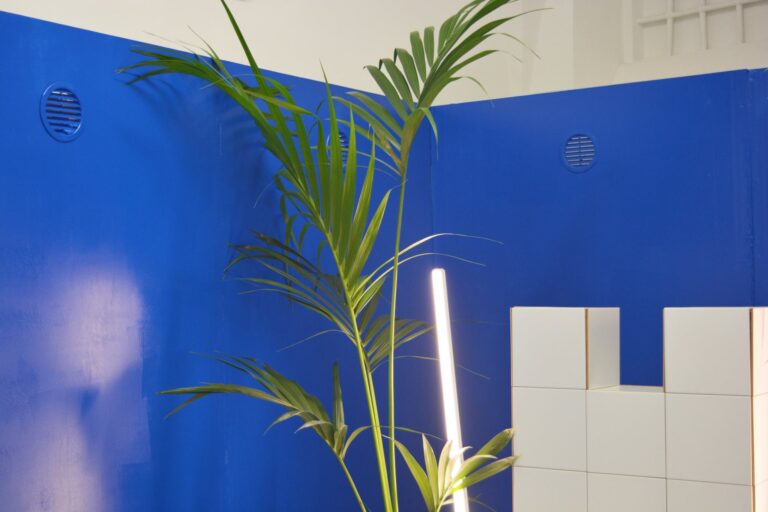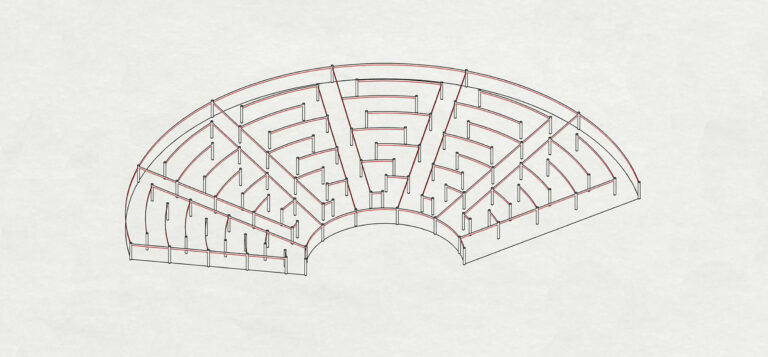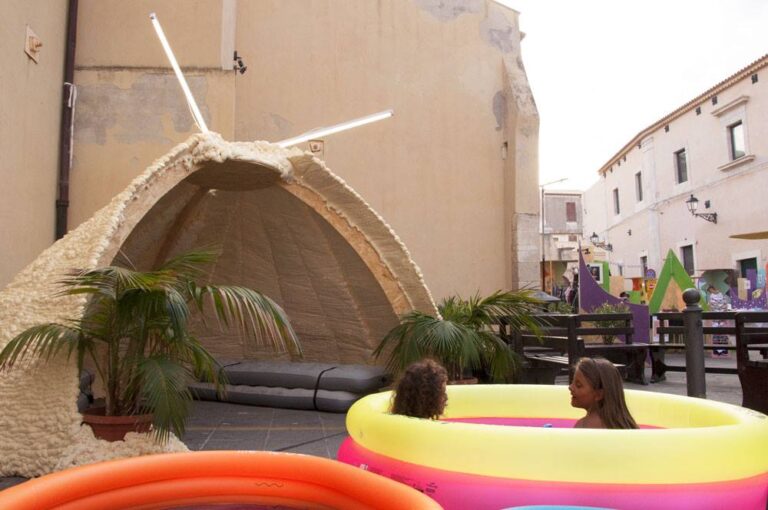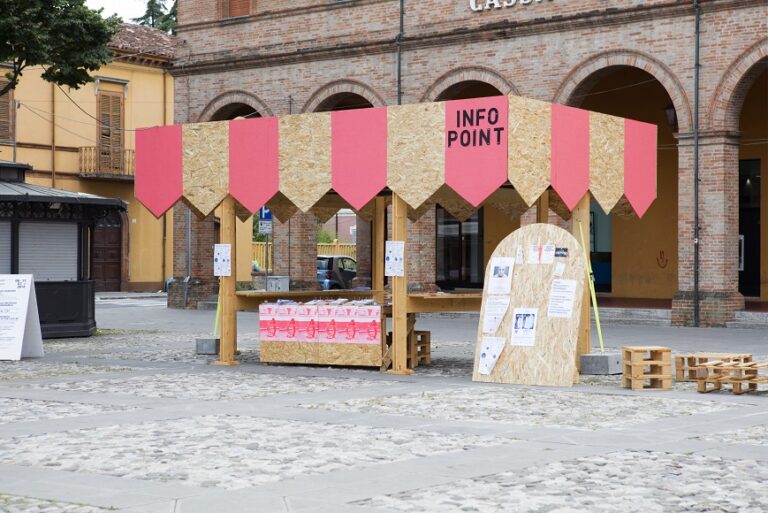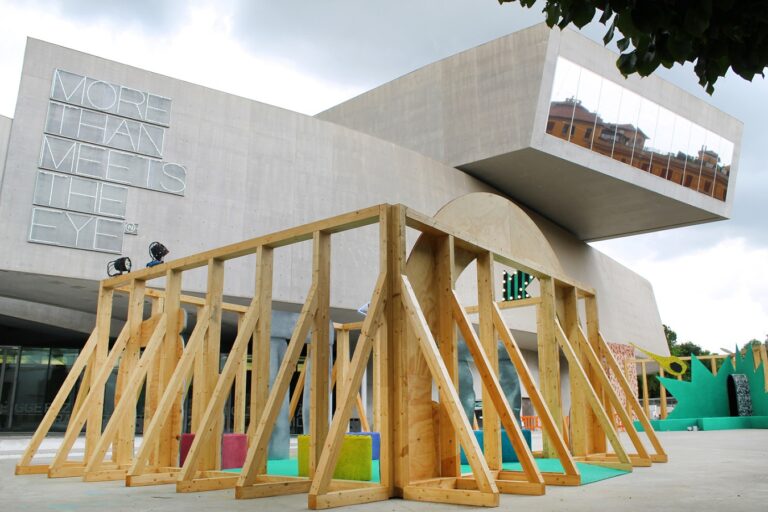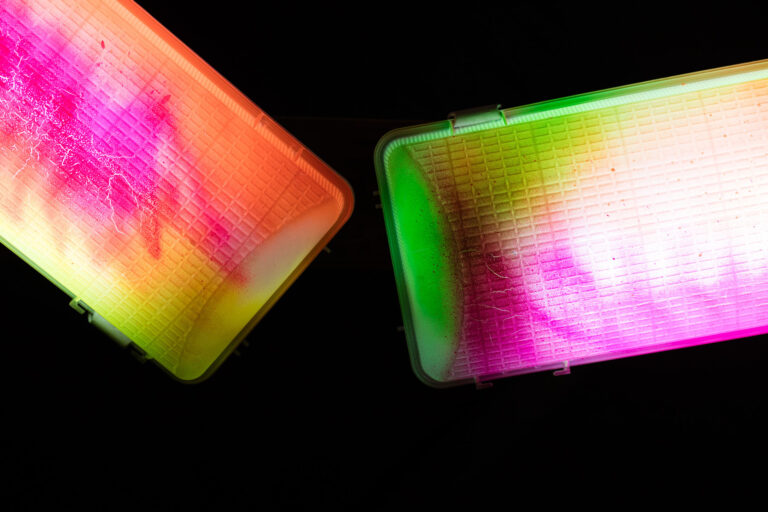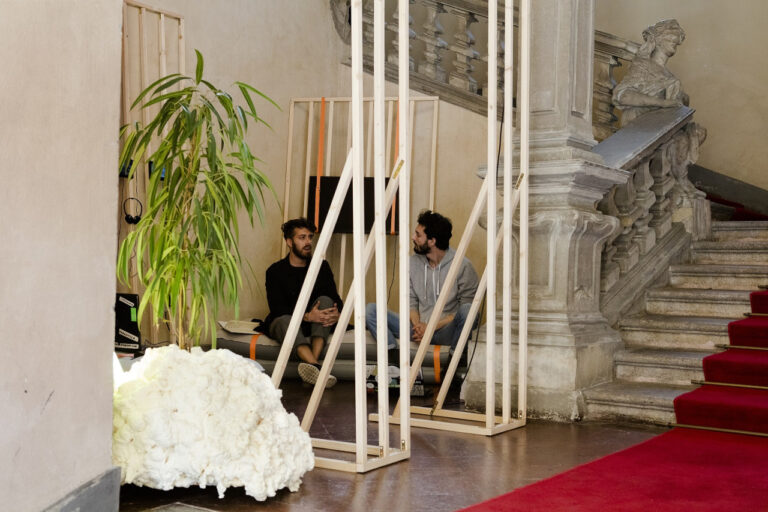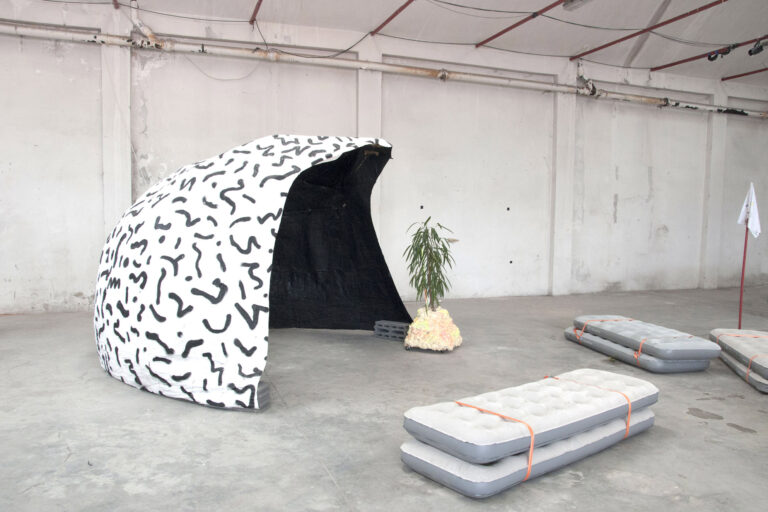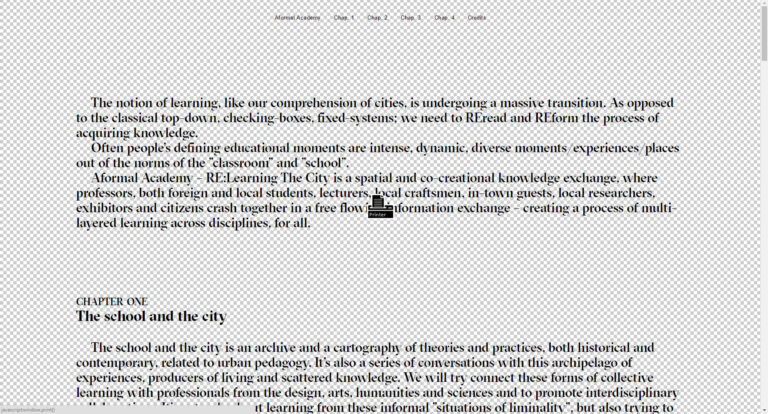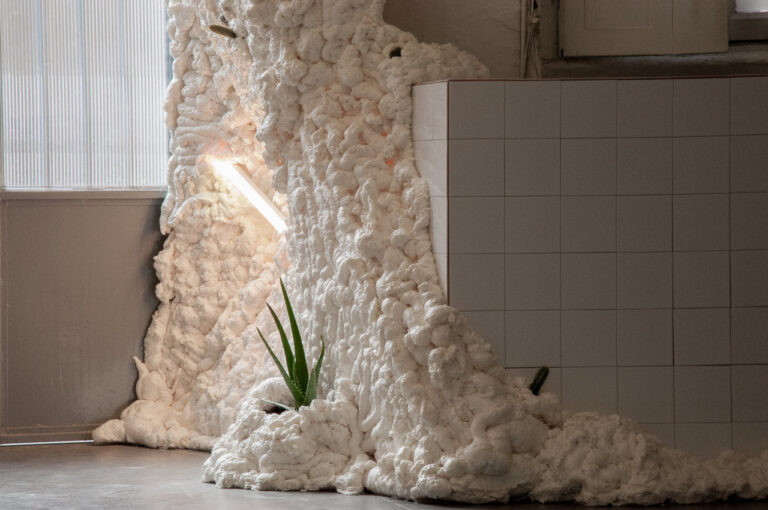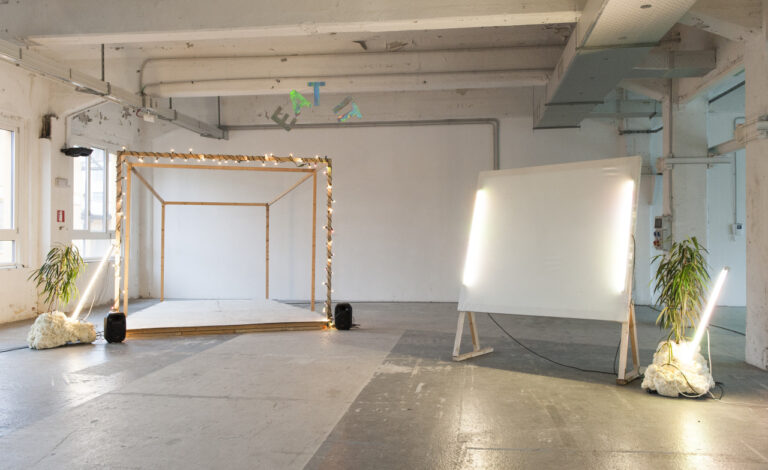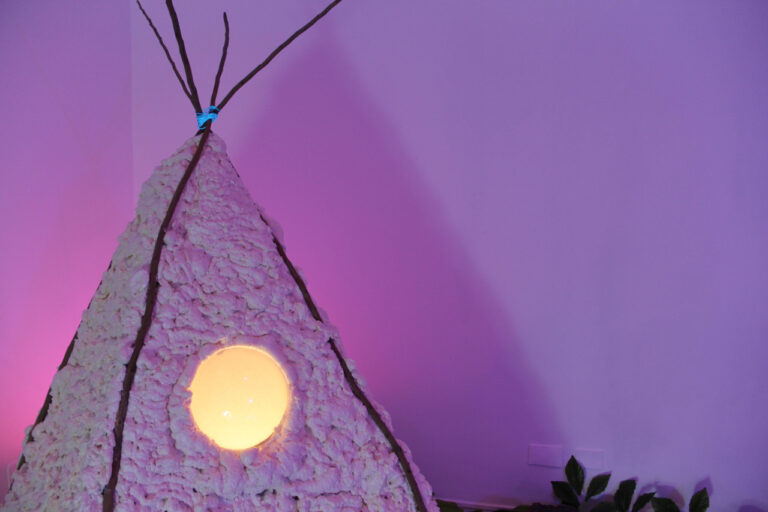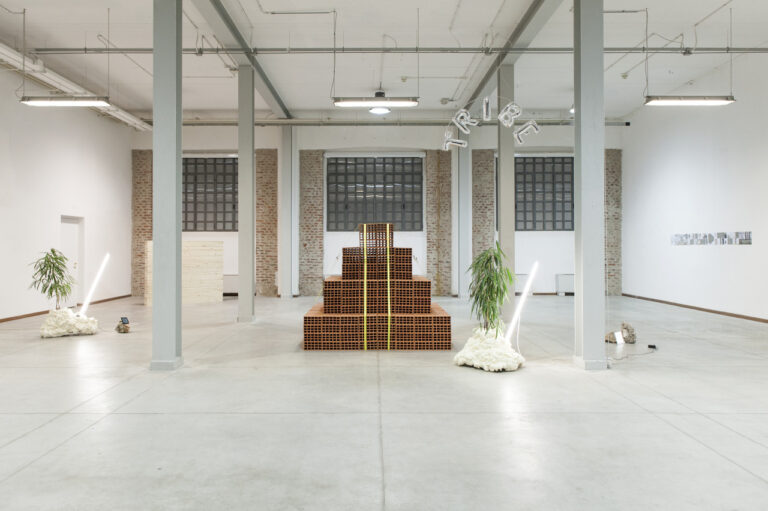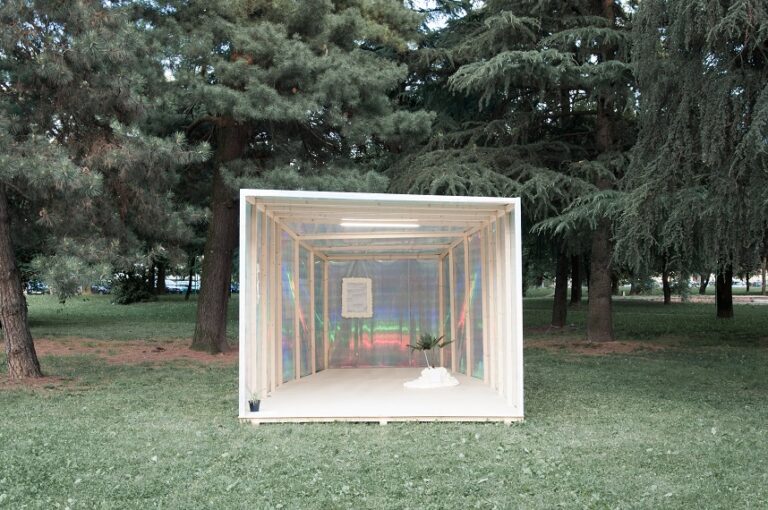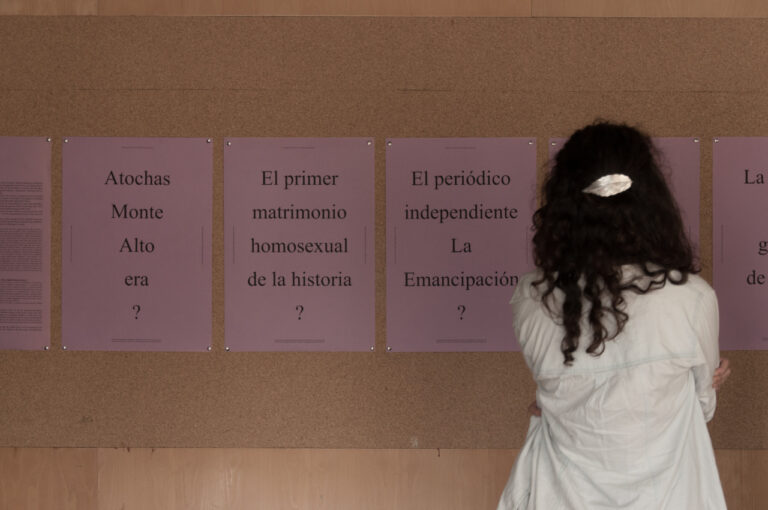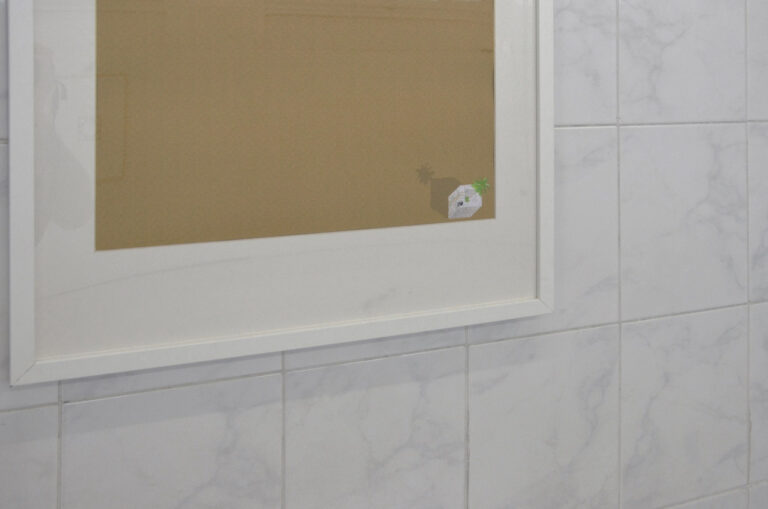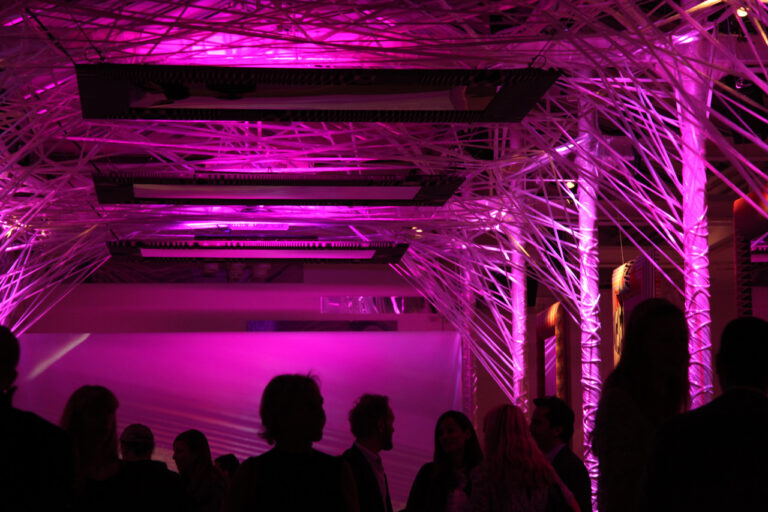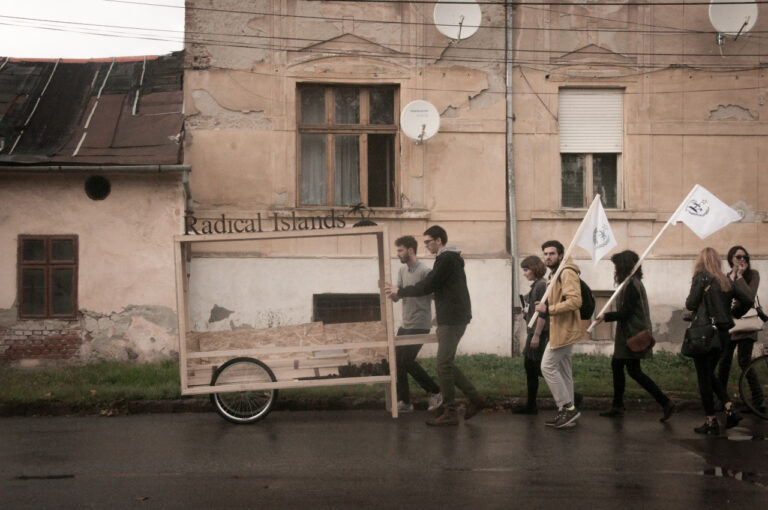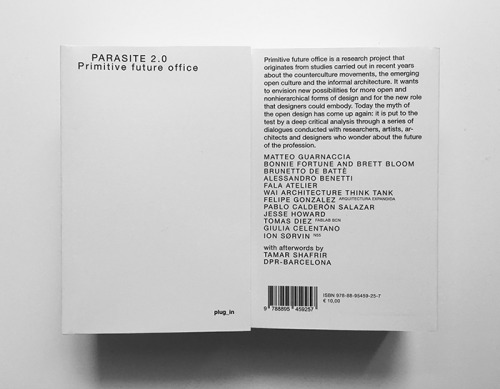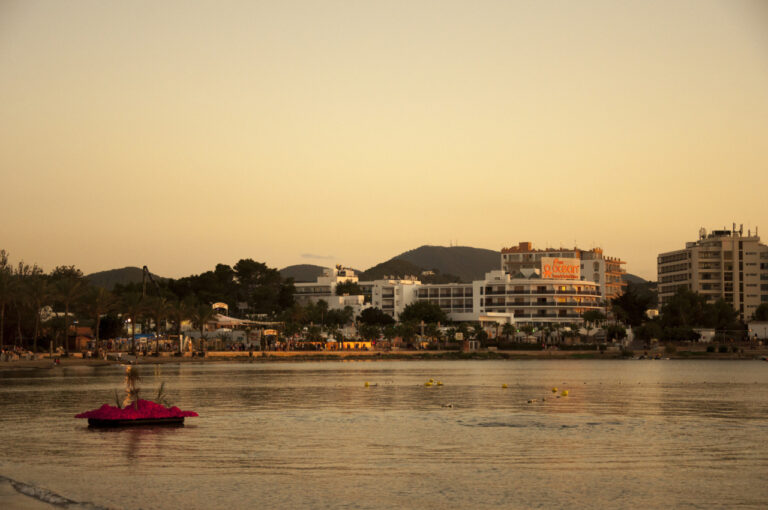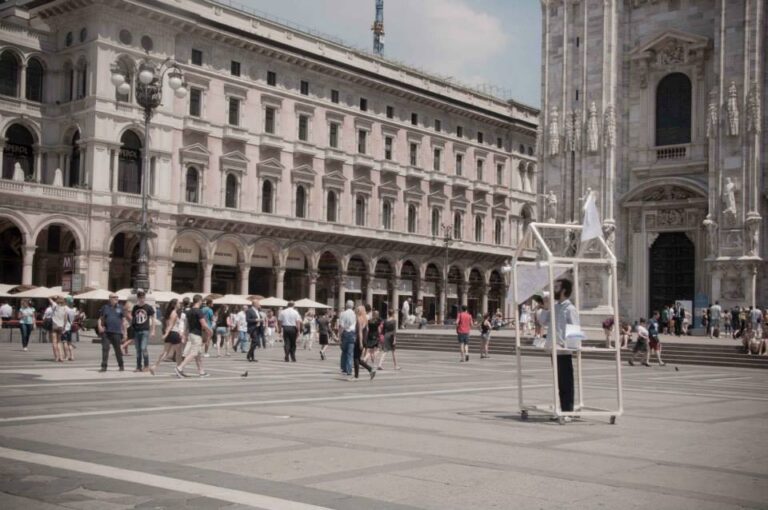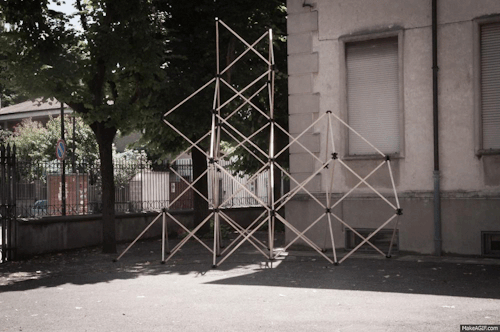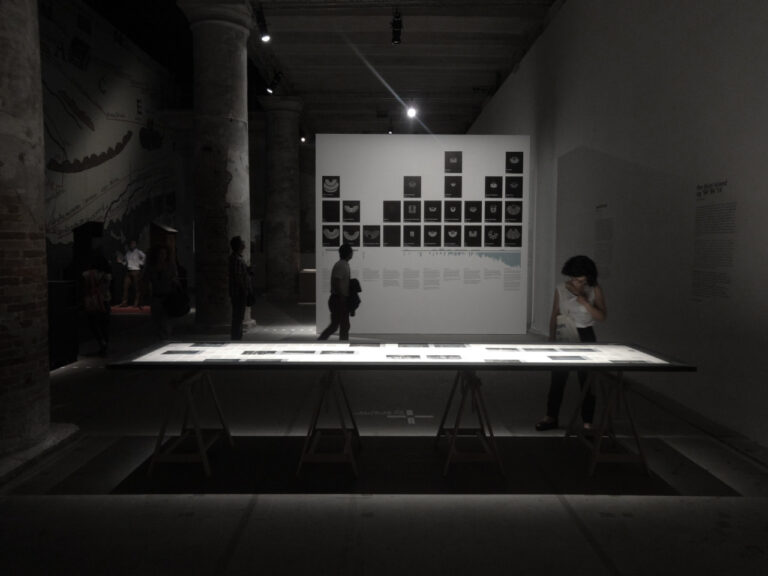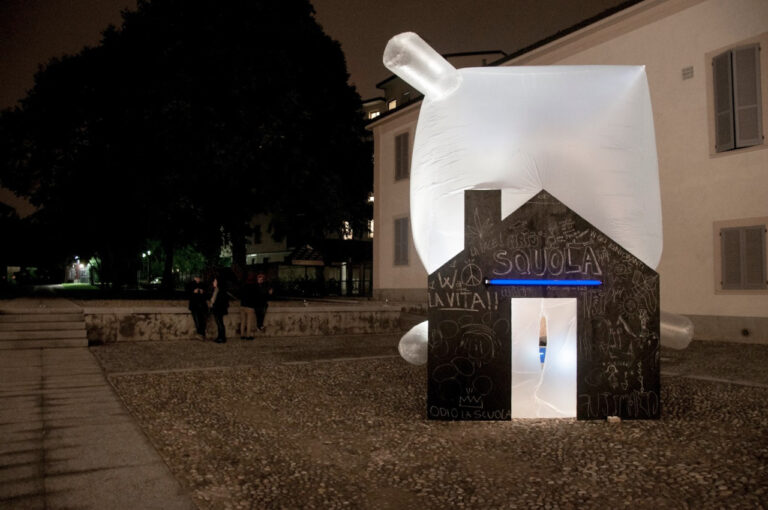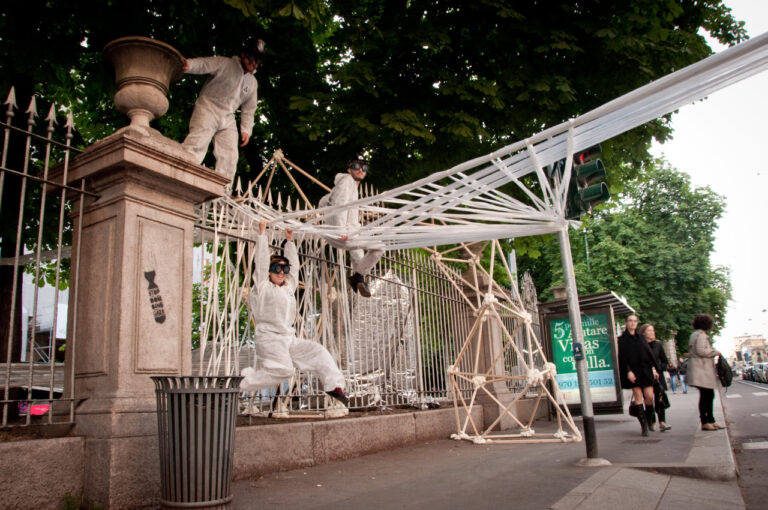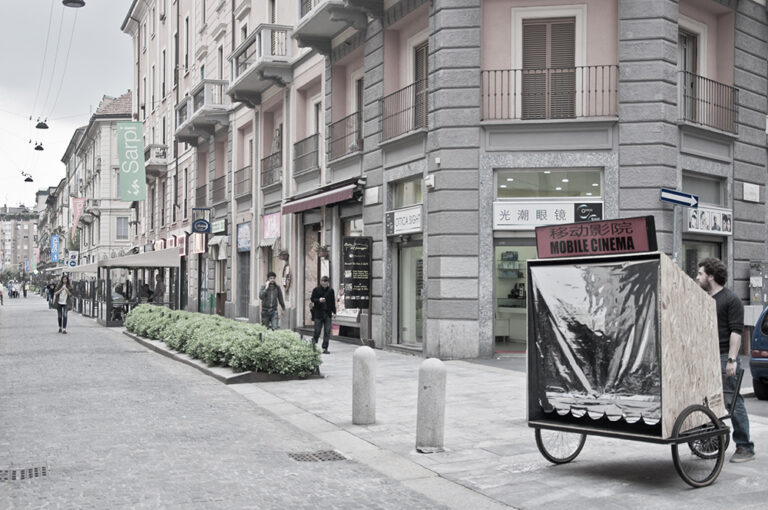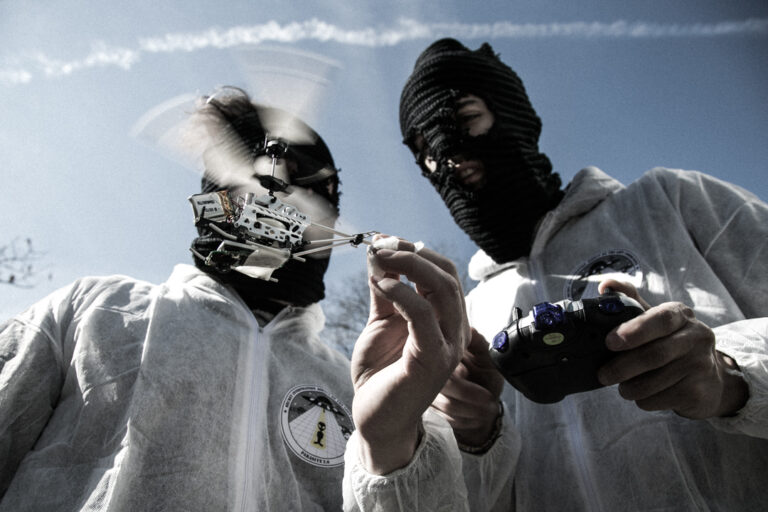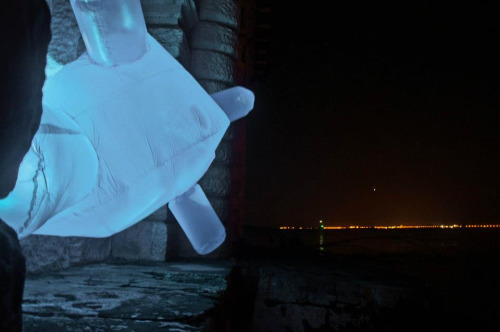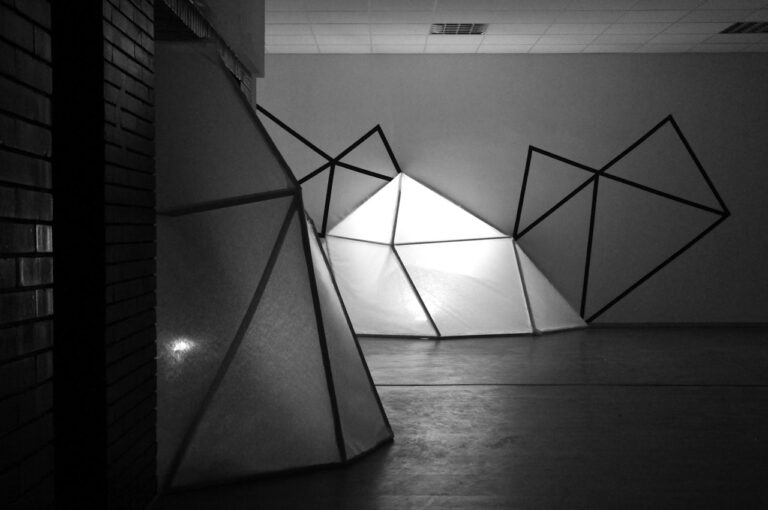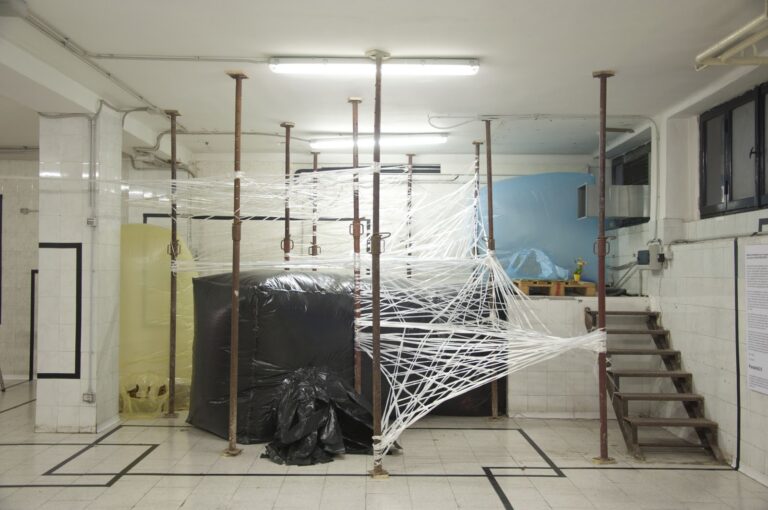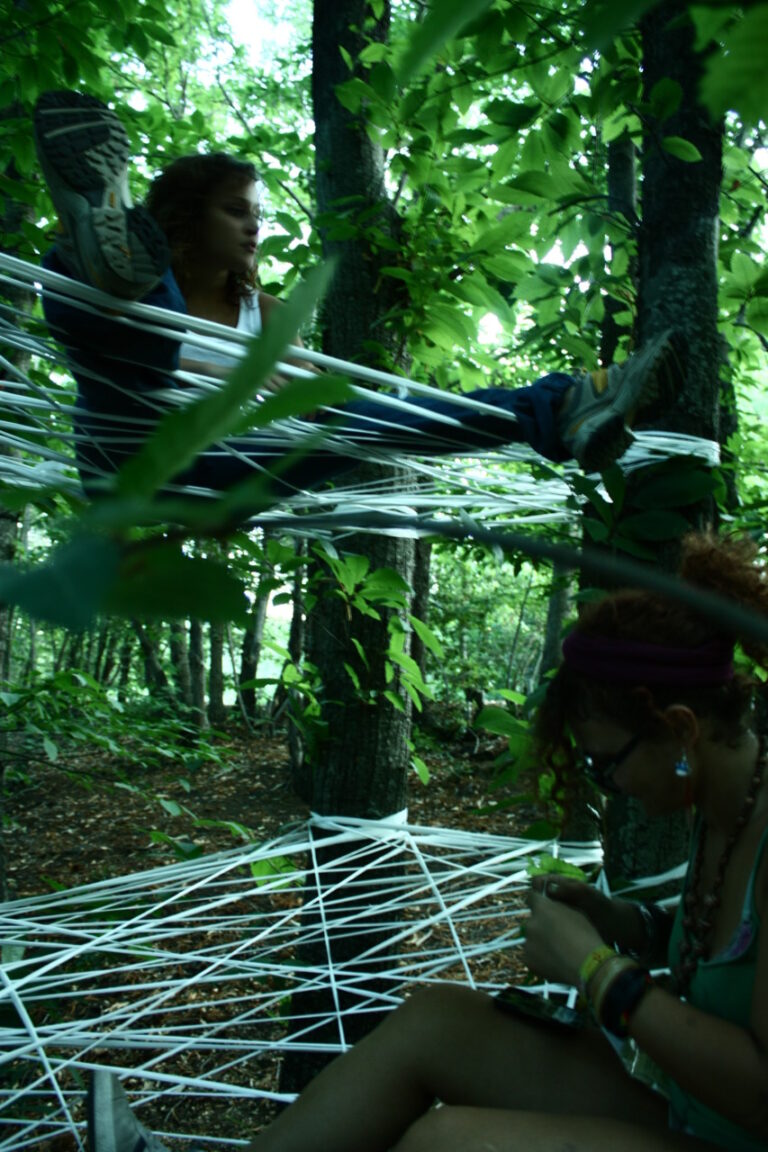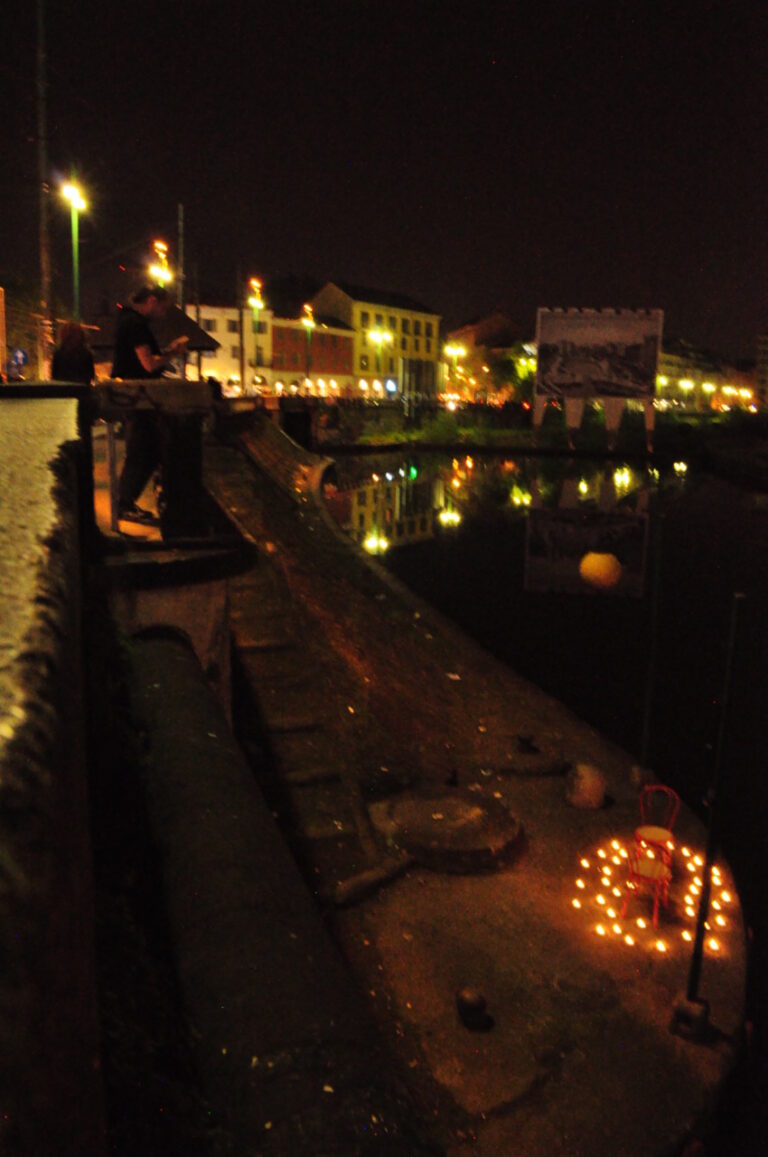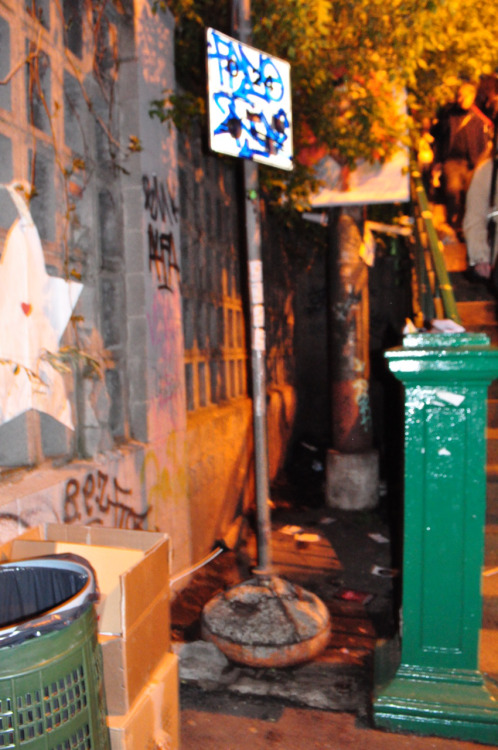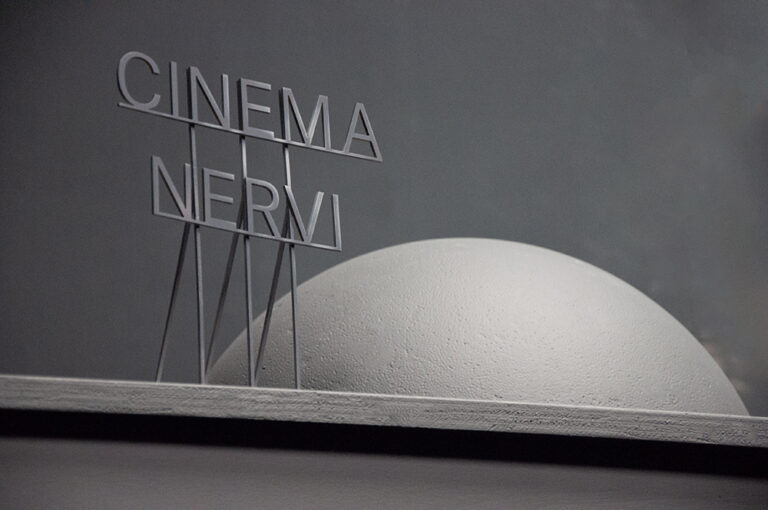- Selected Works —
- Texts —
- Archive —
- About
Radical Island#2-The Post Communist Archipelago of Timisoara Urban Movement
Prezent! Anuala Timisoreana de Arhitectura 2014, from 14th to 20th October 2014, Timisoara.
An archipelago of the Working-class Neighbourhood of the communist period surrounded Timisoara, occupying 16% of its surface. In this picture is very clear the expansion that Timisoara had during the communist period. These neighborhoods are visible and remained the result of the failed revolution. These neighborhoods, through the social housing politics, were transformed into political tools, becoming the landscape where the deep control action by Ceausescu took place. Within the description of the project on Timisoara “GREY NEIGHBORHOOD REHABILITATION (2011) by the FOR studio, we can find an interesting of the possibilities that those neighborhoods can emanate nowadays.
“Romania’s socialist urbanization program has produced ample areas of gray neighborhoods at the lowest quality in Europe. This program has stopped suddenly in the ’90s, after covering up significant parts of cities, when all the flats were sold to their occupants. This has lead to an owning rate of 97%, leaving the responsibility of the low-quality urban volumes on the shoulders of a population used to receive everything from the state, and to the instant disappearance of the social housing stock(…) Sustainable actions coming from public authorities are not happening yet in Romania. We strongly believe that there is an acute need for such projects though and that there is a huge potential to use them to regain people’s trust in themselves and their feeling of belonging to an independent community(…) Communities will form around them. The neighborhood will become a network of such small communities that become then integrated into the neighborhood grid”.
The condition of the emptiness of the post-communist era represents a virgin territory, uncontaminated, ready for the formulation of a new social and urban planning vision. A condition that refuses the failing capitalist and neo-liberal vision although it could be presented, as it happened in other circumstances, as a very tempting model. While the Timisoara historical center has begun to pass through a deep process of refurbishment and gentrification and clearly aspires to an occidental and neoliberal development, the external cores of the Grey Neighbourhoods remain as vacuous territories, desert islands. This archipelago of the neighborhood is completely left to itself. There is no real conscience of the right that a citizen has towards the public space. The first form of care, although initially imposed by communism, is represented by the self-management and by the consequent attention of the areas placed in front of the houses. In particular, the big presence of inhabitants coming from the villages created an interesting commingling between the rural life and the habitat of the new era thought by the communism, with spontaneous samples of ruralization of the city. We can consider it as the first form of interaction between the man and the public space, but where in some cases we can lose the equilibrium of this relationship: it is, in fact, a sort of autonomous and auto-imposed privatization of the territory. The workshop transforms Sinaia Square into a laboratory for a new Republic of the Radical Islands, as it happened within the 2011 squares: laboratories for a new democracy; they became the parliament for a new urban movement. It offers to the participants a low-cost-nomadic-device that disconnects the architecture office from the computer screen and brings it in the streets, for the creation of a movement. Starting from the Grey Neighbourhood and from their public spaces, it will focus on the themes of the Right to the city within the post-communist emptiness.
Students: Petra Popa, Egyed Szabolcs, Sandra Andrei, Adrian Foltean, Alexandru Luca, Alexandra Trofin, Lorena Breaza, Ana Cosma, Loredana Gaita, Carina Ghita, Roxana Bolos, Luiza Spiridon
Ph. Parasite 2.0



